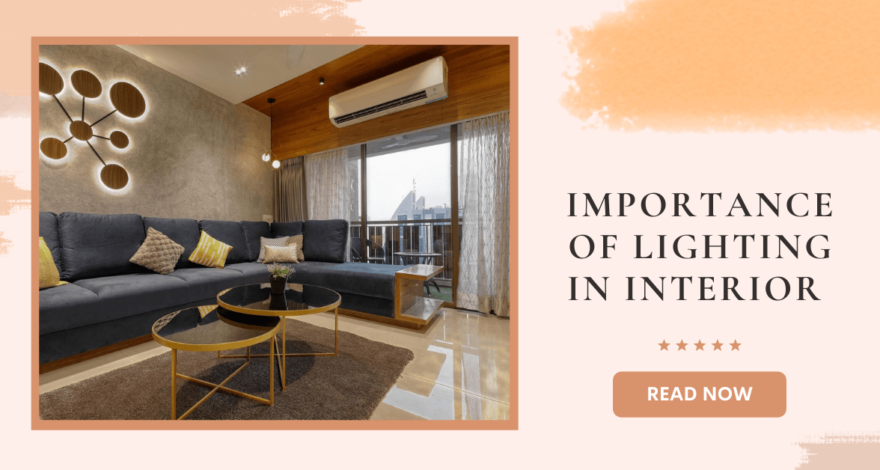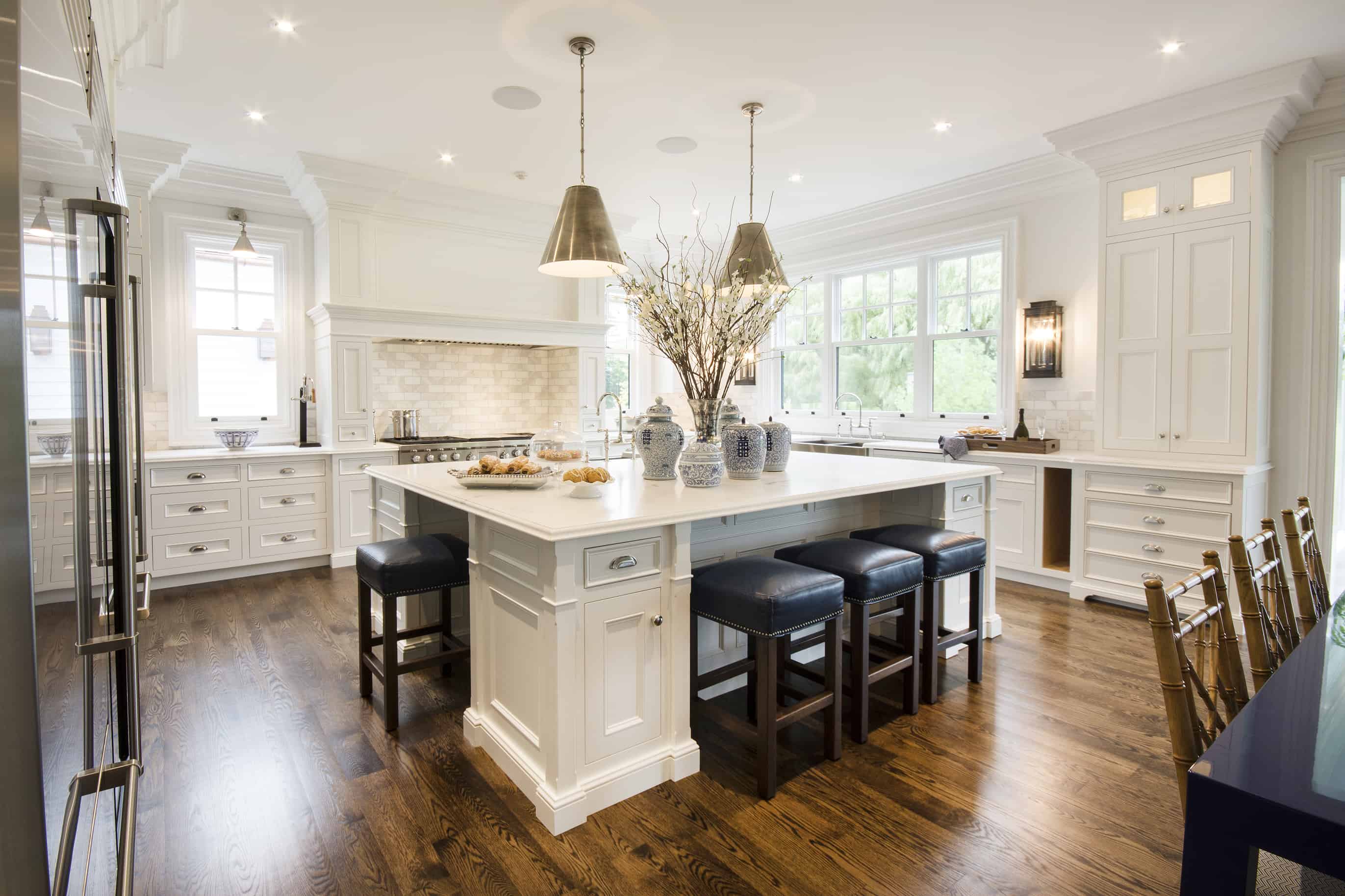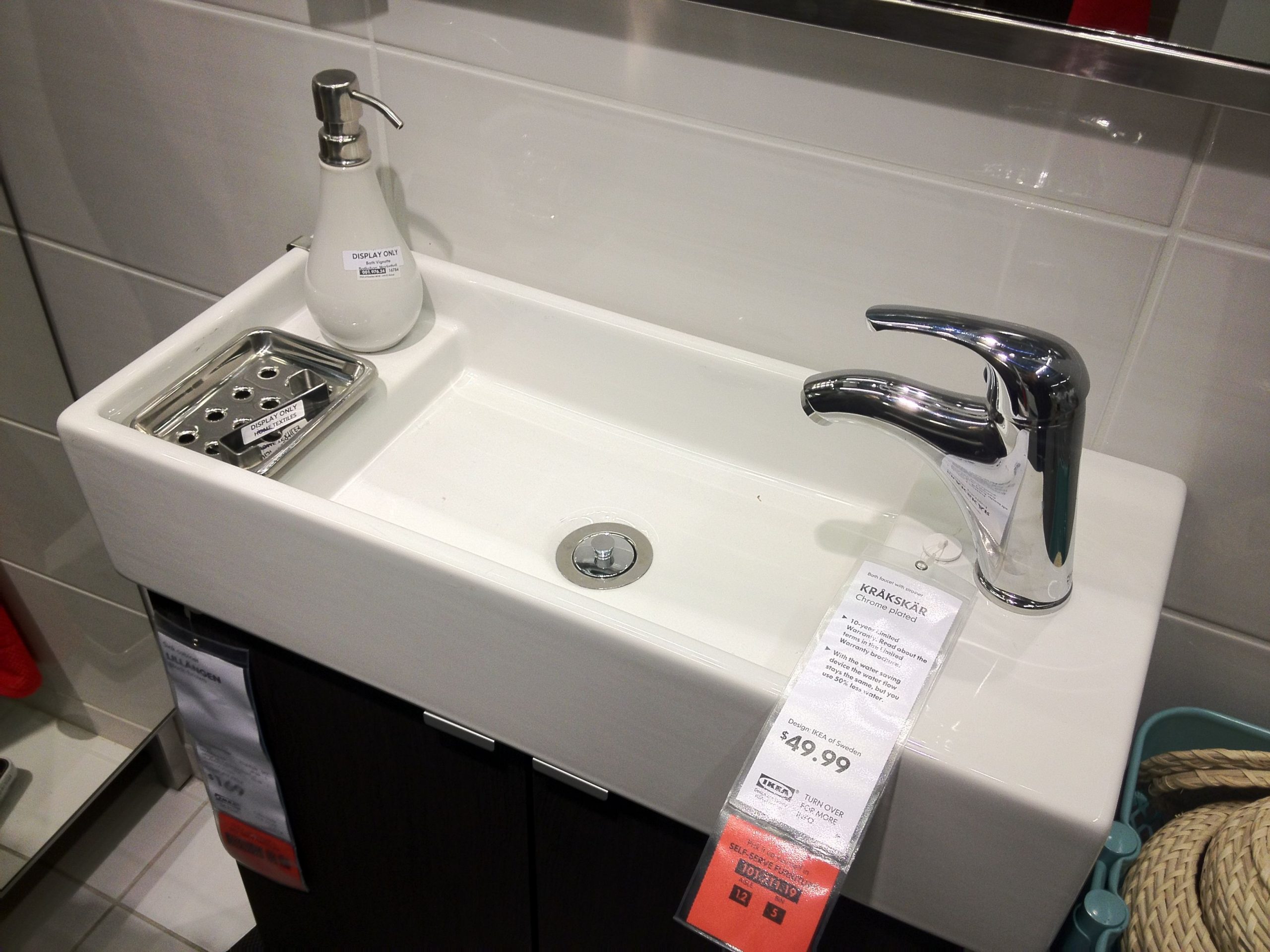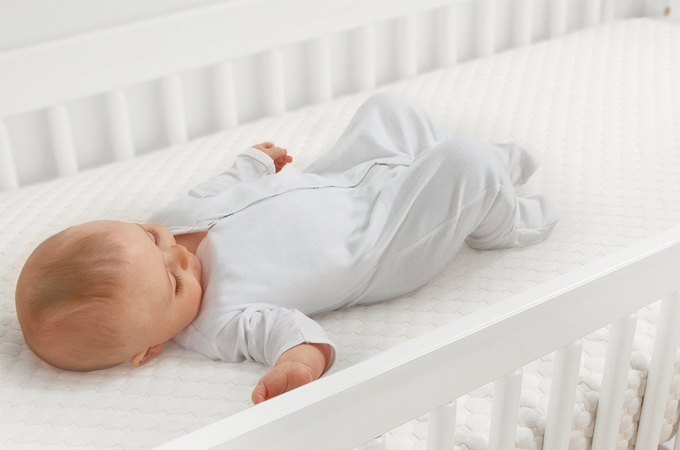1. Kitchen Design 101: The Basics of Designing a Kitchen
Designing a kitchen can be an overwhelming task, especially if you're not sure where to start. But don't worry, we've got you covered with our top 10 tips for creating the perfect kitchen design. Whether you're building a new kitchen or renovating an existing one, these basics will help you create a functional and stylish space that you'll love.
First and foremost, think about your needs and lifestyle. Do you love to cook and need a lot of counter space? Or do you have a big family and need a large dining area? Consider how you will use your kitchen on a daily basis and make a list of your must-haves.
Next, consider the layout and measurements of your kitchen. This is crucial for creating a functional space. The three main layouts are the U-shaped, L-shaped, and galley kitchen. Measure your space and choose a layout that works best for your needs.
2. 10 Essential Tips for Designing a Kitchen
When it comes to designing a kitchen, there are a few essential tips that can make all the difference. First, don't underestimate the power of storage. Make sure to include plenty of cabinets, drawers, and shelves to keep your kitchen organized and clutter-free.
Lighting is also a key element in kitchen design. Make sure to have a mix of overhead, task, and ambient lighting to create a warm and inviting atmosphere. Don't forget to add some natural light by incorporating windows or a skylight.
Another important tip is to choose durable and easy-to-clean materials. Your kitchen will be subject to a lot of wear and tear, so choose materials that can withstand heavy use and are easy to maintain. This will save you a lot of time and money in the long run.
3. Kitchen Design 101: Layouts and Measurements
As mentioned earlier, the layout and measurements of your kitchen are crucial for creating a functional space. The U-shaped layout is ideal for larger kitchens as it provides ample counter and storage space. The L-shaped layout is great for smaller spaces and can be more open and airy. The galley kitchen is perfect for narrow spaces and maximizes efficiency.
When it comes to measurements, the standard countertop height is 36 inches, with a depth of 24 inches. The standard height for upper cabinets is 18 inches above the countertop, while the standard height for lower cabinets is 36 inches.
4. Designing a Kitchen: From Inspiration to Installation
Before you dive into the actual design process, it's important to gather inspiration and ideas. Look through magazines, visit showrooms, and browse online for inspiration. Create a mood board with your favorite elements and use it as a guide for your design.
Once you have a clear vision, it's time to start the installation process. This can be a DIY project or you can hire professionals to help. Make sure to follow the correct steps and take your time to ensure a successful installation.
5. The Dos and Don'ts of Designing a Kitchen
There are a few dos and don'ts to keep in mind when designing a kitchen. Do prioritize functionality over style. Your kitchen should be practical and efficient before anything else. Don't overcrowd your kitchen with too many appliances or accessories. Keep it simple and clutter-free.
Do choose a color scheme that reflects your personal style but also complements the rest of your home. Don't forget about ventilation. Proper ventilation is essential in a kitchen to prevent odors and smoke from lingering.
6. Kitchen Design 101: Choosing the Right Materials
When it comes to materials, there are endless options to choose from. From countertops to flooring, cabinets to backsplashes, each element plays a crucial role in the overall design. Consider your budget, lifestyle, and personal style when choosing materials.
For countertops, popular options include granite, quartz, and marble. For flooring, consider tile, hardwood, or laminate. And for cabinets, choose between wood, laminate, or metal. Make sure to take into account durability, maintenance, and cost when making your selections.
7. Designing a Kitchen on a Budget: Tips and Tricks
Designing a kitchen can be a costly endeavor, but there are ways to cut down on expenses without sacrificing style. First, prioritize your must-haves and splurge on those items. Then, get creative with your budget-friendly options. For example, instead of a full kitchen remodel, consider painting cabinets or replacing hardware for a fresh look.
Another tip is to shop during sales and look for discounts. You can also save money by doing some of the work yourself, such as painting or installing backsplash tiles. Just make sure to properly research and follow instructions to avoid any costly mistakes.
8. Kitchen Design 101: Maximizing Storage Space
We can never have enough storage space in our kitchen. When designing your kitchen, make sure to maximize every inch of space. This can be achieved by incorporating pull-out shelves, adding a pantry or island with storage, and using the space above cabinets for additional storage.
Another great way to maximize storage is by using organizational tools such as drawer dividers, utensil trays, and spice racks. These small additions can make a big difference in keeping your kitchen clutter-free and organized.
9. The Importance of Lighting in Kitchen Design
Lighting is not only crucial for functionality in a kitchen, but it also plays a significant role in the overall design. Choose a mix of overhead, task, and ambient lighting to create a warm and inviting atmosphere. Add some statement light fixtures to add a touch of style to your kitchen.
Natural light is also essential in a kitchen. If possible, incorporate windows or a skylight to bring in natural light and make the space feel more open and bright. Don't forget to add some task lighting under cabinets for better visibility when cooking.
10. Designing a Kitchen for Functionality and Style
Last but certainly not least, designing a kitchen should be a balance of functionality and style. While it's important to have a functional and efficient space, don't forget to infuse your personal style into the design. Whether it's a pop of color, unique lighting, or a statement backsplash, make sure your kitchen reflects your personality and makes you happy.
In conclusion, designing a kitchen may seem like a daunting task, but with these top 10 tips, you'll be well on your way to creating the kitchen of your dreams. Remember to prioritize functionality, choose durable materials, and infuse your personal style to create a space that you'll love for years to come. Happy designing!
Maximizing Space in Your Kitchen

Efficient Layouts and Storage Solutions
 When it comes to designing a kitchen, one of the most important aspects to consider is space. Whether you have a small kitchen in an apartment or a large kitchen in a house, utilizing the available space effectively is crucial. This not only makes your kitchen more functional, but it also enhances the overall aesthetic appeal. In this article, we will discuss some tips and tricks for maximizing space in your kitchen.
Layout:
The layout of your kitchen plays a significant role in how much space you have to work with. The most common layouts include L-shaped, U-shaped, galley, and open-concept. Each layout has its benefits and drawbacks, so it is important to consider your specific needs and preferences when choosing one. For example, an L-shaped kitchen provides ample counter space and storage, while a galley kitchen is ideal for small spaces.
Storage Solutions:
One of the keys to an efficient kitchen is having adequate storage for all your cooking essentials.
Cabinets
and
drawers
are essential for keeping clutter off countertops and keeping your kitchen organized. Consider installing
vertical storage
solutions such as tall cabinets or shelves, as they make use of the vertical space in your kitchen. Adding
pull-out shelves
and
lazy susans
in corner cabinets can also help maximize storage space.
When it comes to designing a kitchen, one of the most important aspects to consider is space. Whether you have a small kitchen in an apartment or a large kitchen in a house, utilizing the available space effectively is crucial. This not only makes your kitchen more functional, but it also enhances the overall aesthetic appeal. In this article, we will discuss some tips and tricks for maximizing space in your kitchen.
Layout:
The layout of your kitchen plays a significant role in how much space you have to work with. The most common layouts include L-shaped, U-shaped, galley, and open-concept. Each layout has its benefits and drawbacks, so it is important to consider your specific needs and preferences when choosing one. For example, an L-shaped kitchen provides ample counter space and storage, while a galley kitchen is ideal for small spaces.
Storage Solutions:
One of the keys to an efficient kitchen is having adequate storage for all your cooking essentials.
Cabinets
and
drawers
are essential for keeping clutter off countertops and keeping your kitchen organized. Consider installing
vertical storage
solutions such as tall cabinets or shelves, as they make use of the vertical space in your kitchen. Adding
pull-out shelves
and
lazy susans
in corner cabinets can also help maximize storage space.
Avoid Excess Clutter
 A cluttered kitchen not only makes it difficult to find what you need but also takes up valuable space. Keep your countertops clear by storing small appliances in cabinets or on shelves. Utilize wall space by installing
hanging racks
for pots, pans, and utensils. You can also consider using
magnetic spice racks
or
over-the-door organizers
for spices and other small items.
A cluttered kitchen not only makes it difficult to find what you need but also takes up valuable space. Keep your countertops clear by storing small appliances in cabinets or on shelves. Utilize wall space by installing
hanging racks
for pots, pans, and utensils. You can also consider using
magnetic spice racks
or
over-the-door organizers
for spices and other small items.
Multi-Purpose Pieces
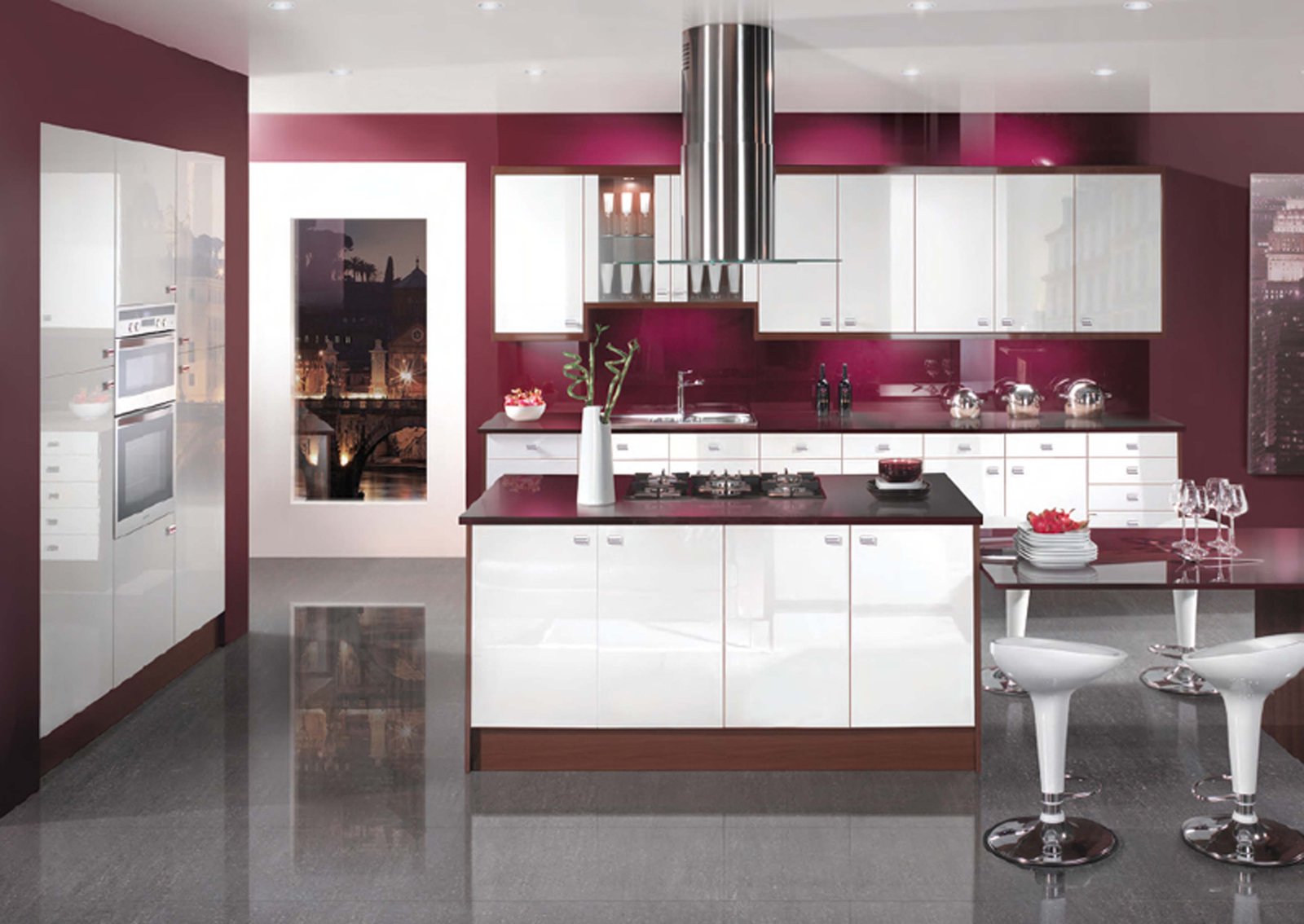 Another way to maximize space in your kitchen is by investing in multi-purpose pieces. For example, a
kitchen island
can serve as a prep area, additional storage, and even a dining table. You can also consider using a
rolling cart
for extra counter space and storage, which can be moved around as needed.
Another way to maximize space in your kitchen is by investing in multi-purpose pieces. For example, a
kitchen island
can serve as a prep area, additional storage, and even a dining table. You can also consider using a
rolling cart
for extra counter space and storage, which can be moved around as needed.
Utilize Lighting
/172788935-56a49f413df78cf772834e90.jpg) Lighting can make a huge difference in how spacious your kitchen looks and feels.
Natural lighting
creates an illusion of more space, so try to incorporate as much natural light as possible. You can also add
task lighting
under cabinets and above countertops to provide better visibility and make the space feel brighter and more open.
In conclusion, designing a kitchen is not just about aesthetics, but also about functionality and space utilization. By following these tips and considering your specific needs, you can create a kitchen that maximizes space and meets all your cooking and storage needs. Remember to keep your layout efficient, utilize storage solutions, avoid excess clutter, invest in multi-purpose pieces, and use lighting to your advantage. With these tips, you can design a kitchen that is both functional and visually appealing.
Lighting can make a huge difference in how spacious your kitchen looks and feels.
Natural lighting
creates an illusion of more space, so try to incorporate as much natural light as possible. You can also add
task lighting
under cabinets and above countertops to provide better visibility and make the space feel brighter and more open.
In conclusion, designing a kitchen is not just about aesthetics, but also about functionality and space utilization. By following these tips and considering your specific needs, you can create a kitchen that maximizes space and meets all your cooking and storage needs. Remember to keep your layout efficient, utilize storage solutions, avoid excess clutter, invest in multi-purpose pieces, and use lighting to your advantage. With these tips, you can design a kitchen that is both functional and visually appealing.
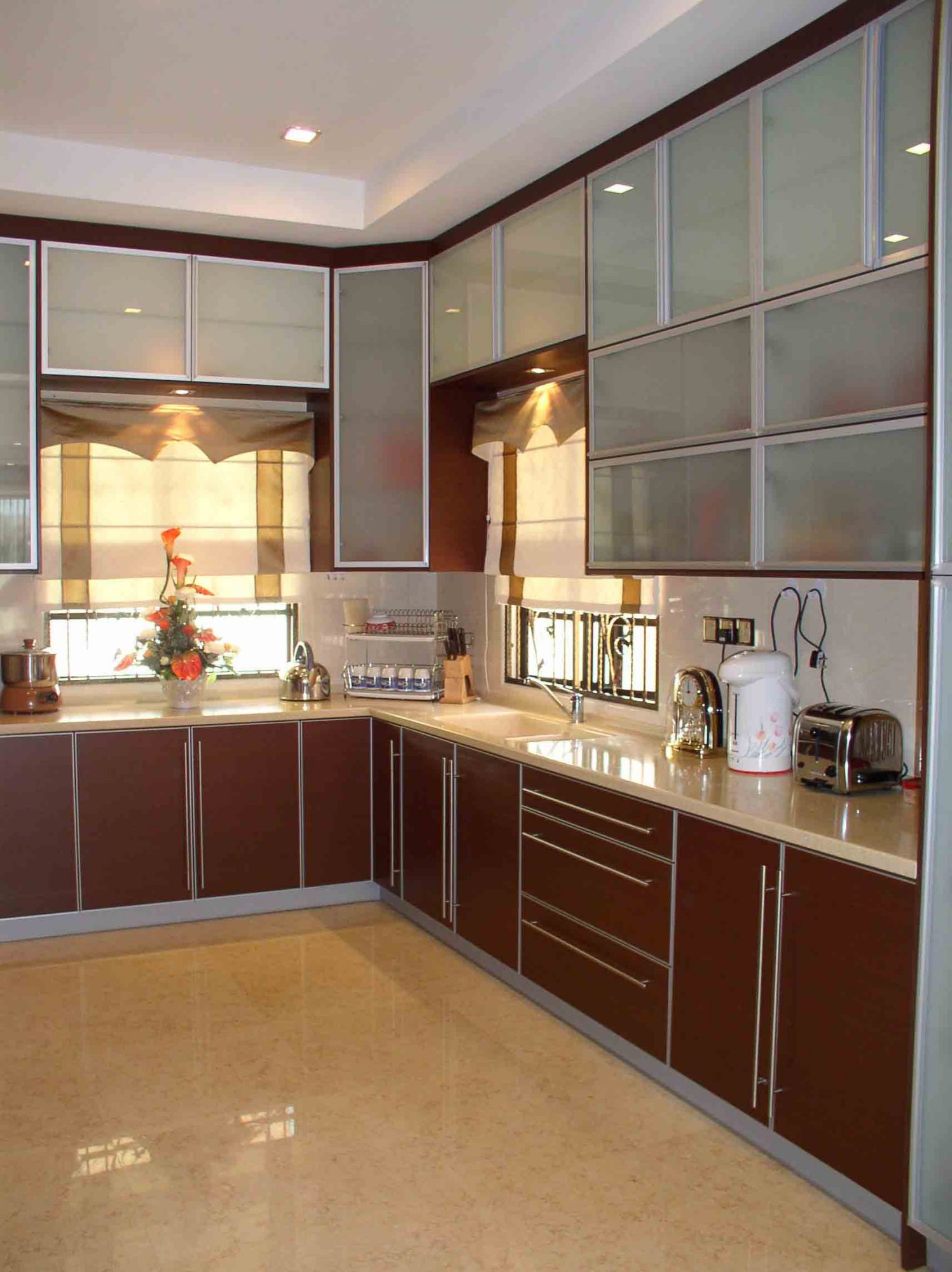


/One-Wall-Kitchen-Layout-126159482-58a47cae3df78c4758772bbc.jpg)
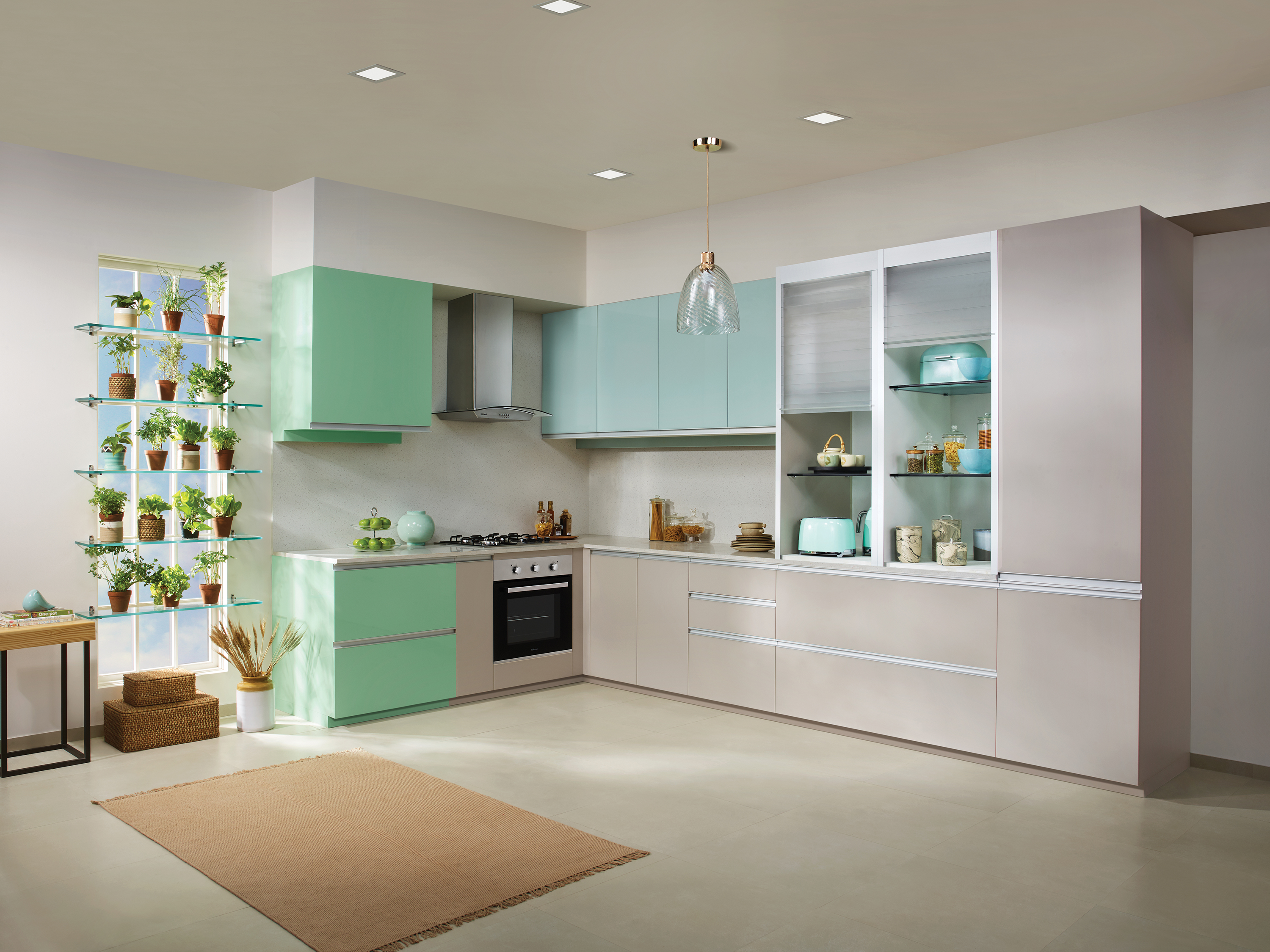

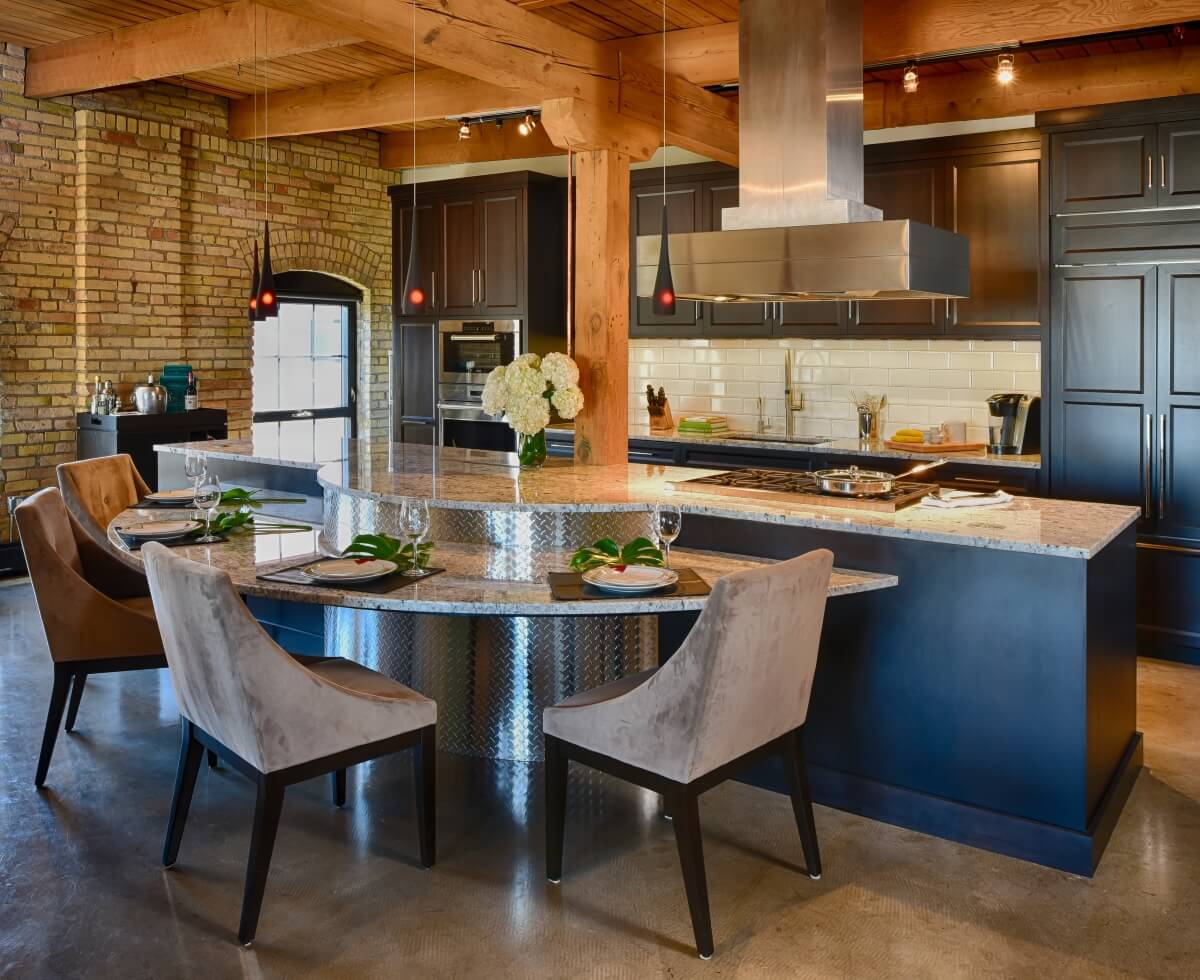

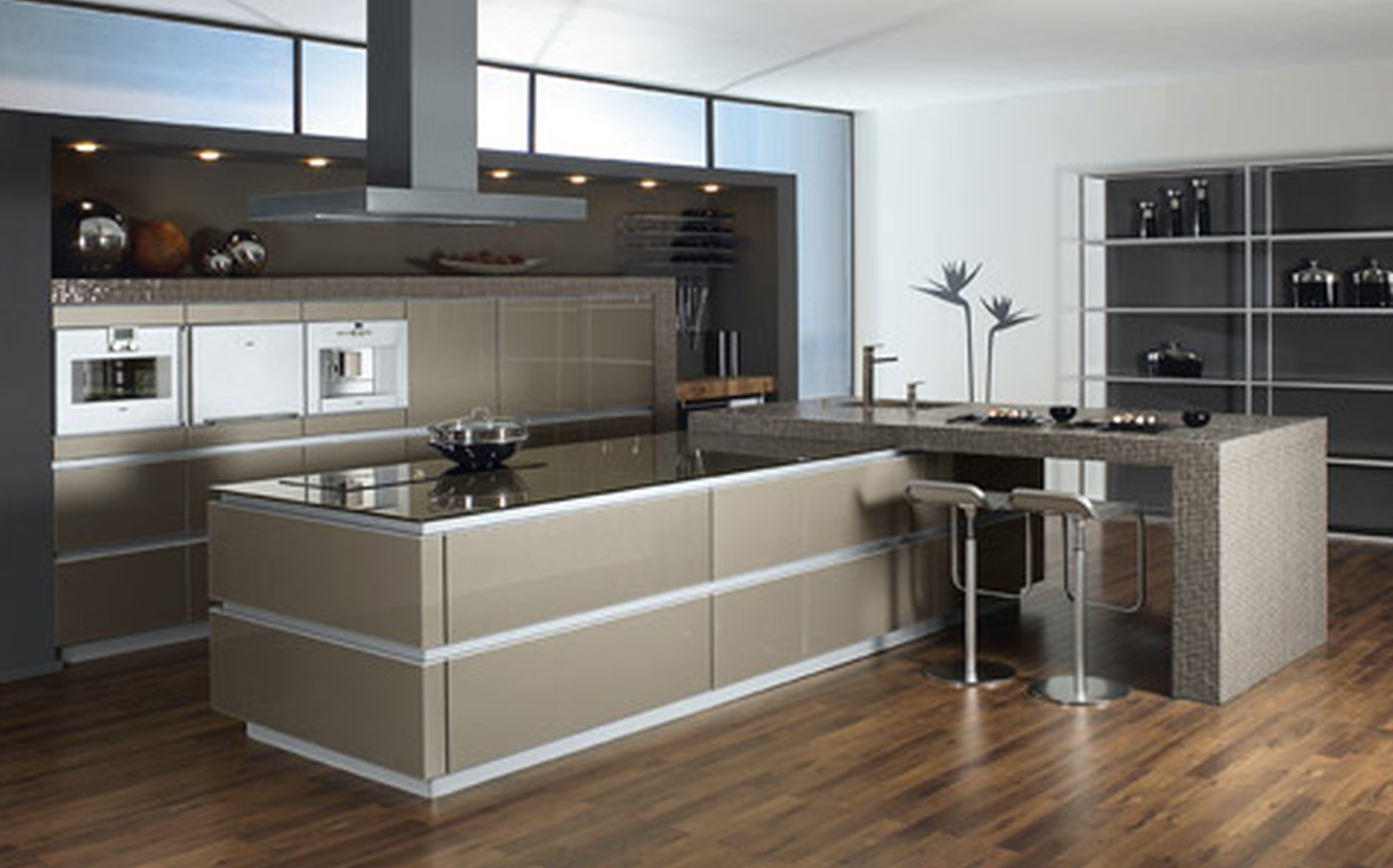

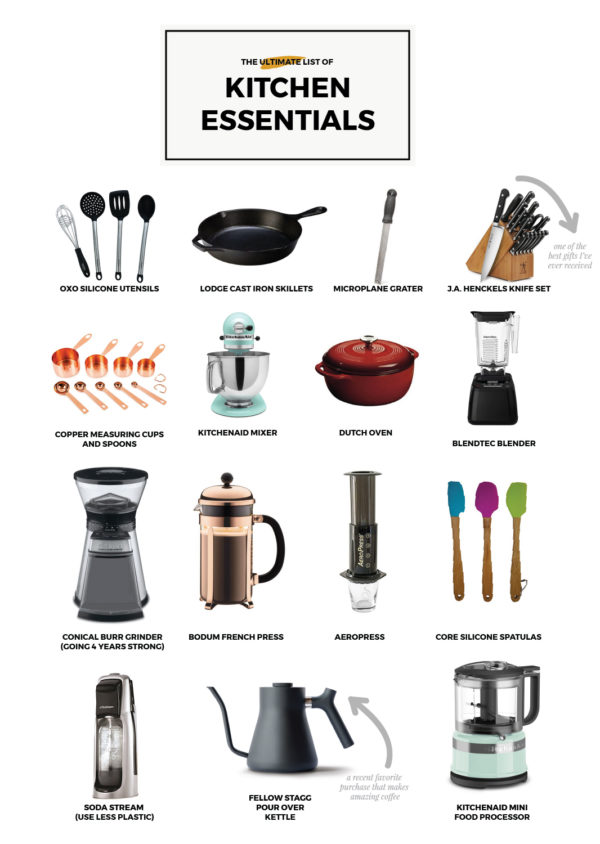

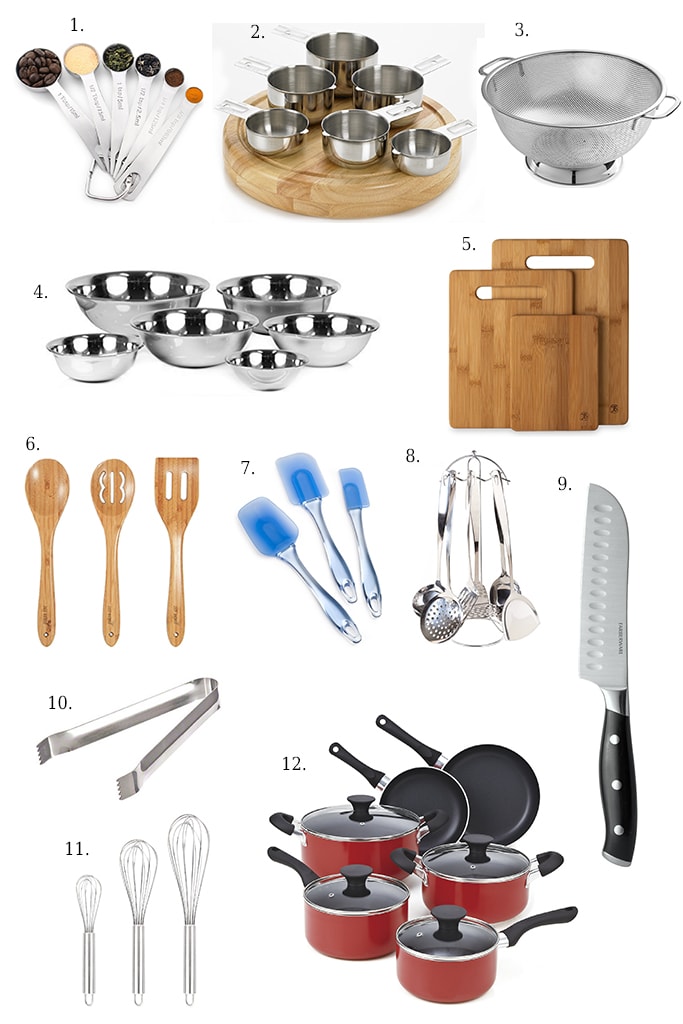



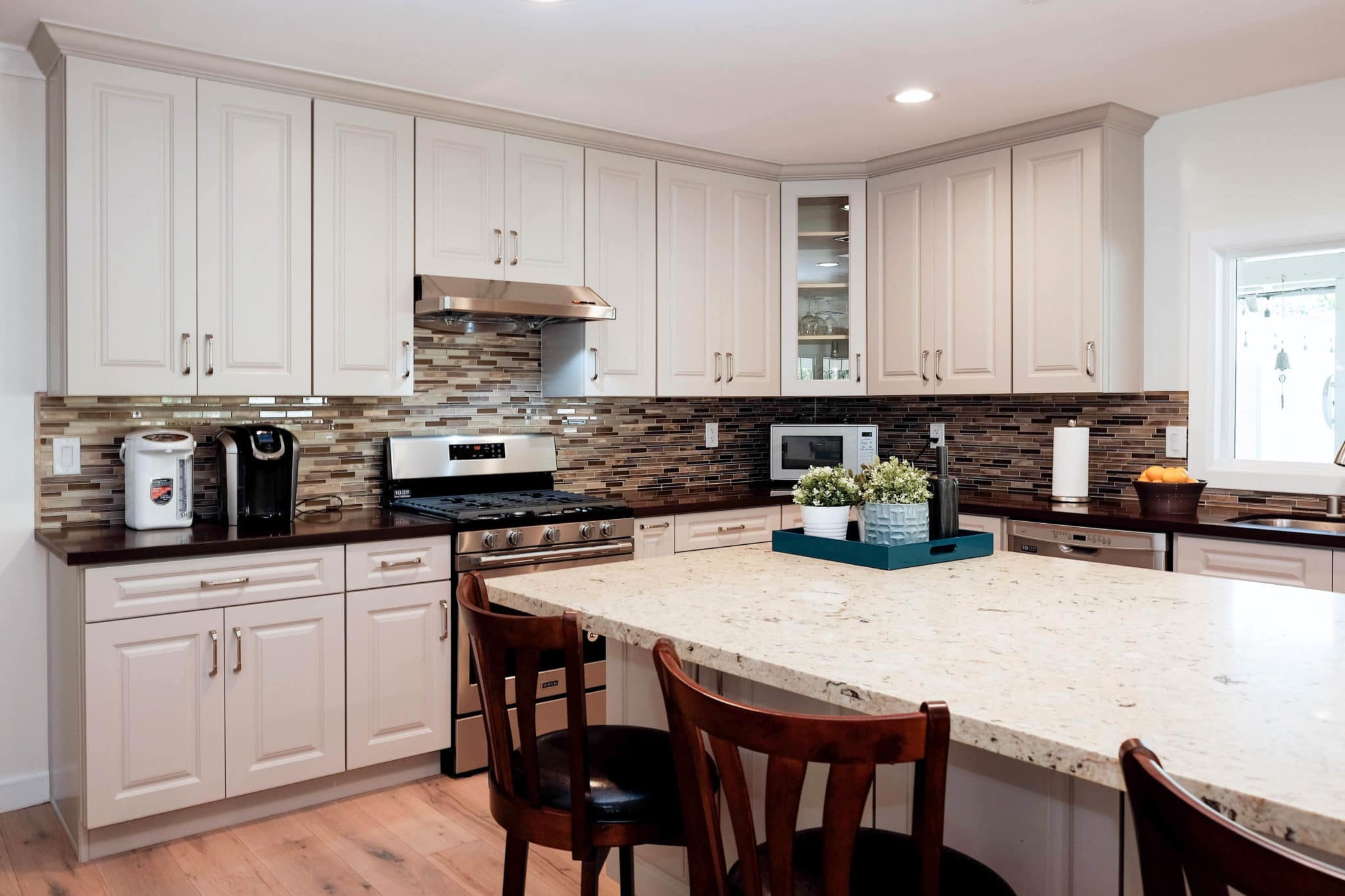
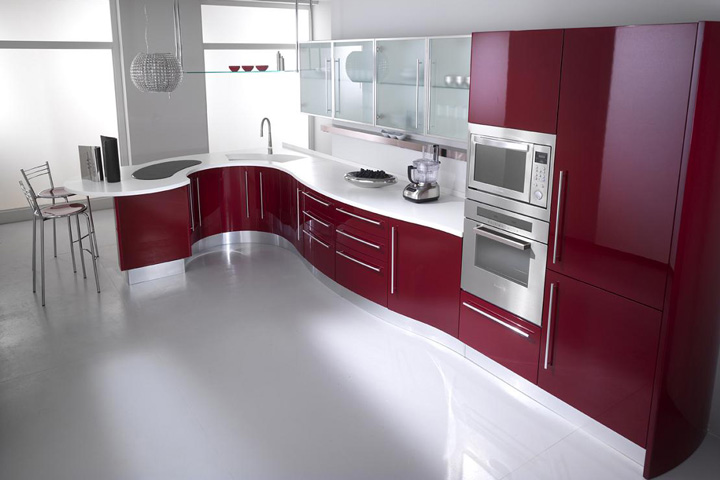

/AMI089-4600040ba9154b9ab835de0c79d1343a.jpg)



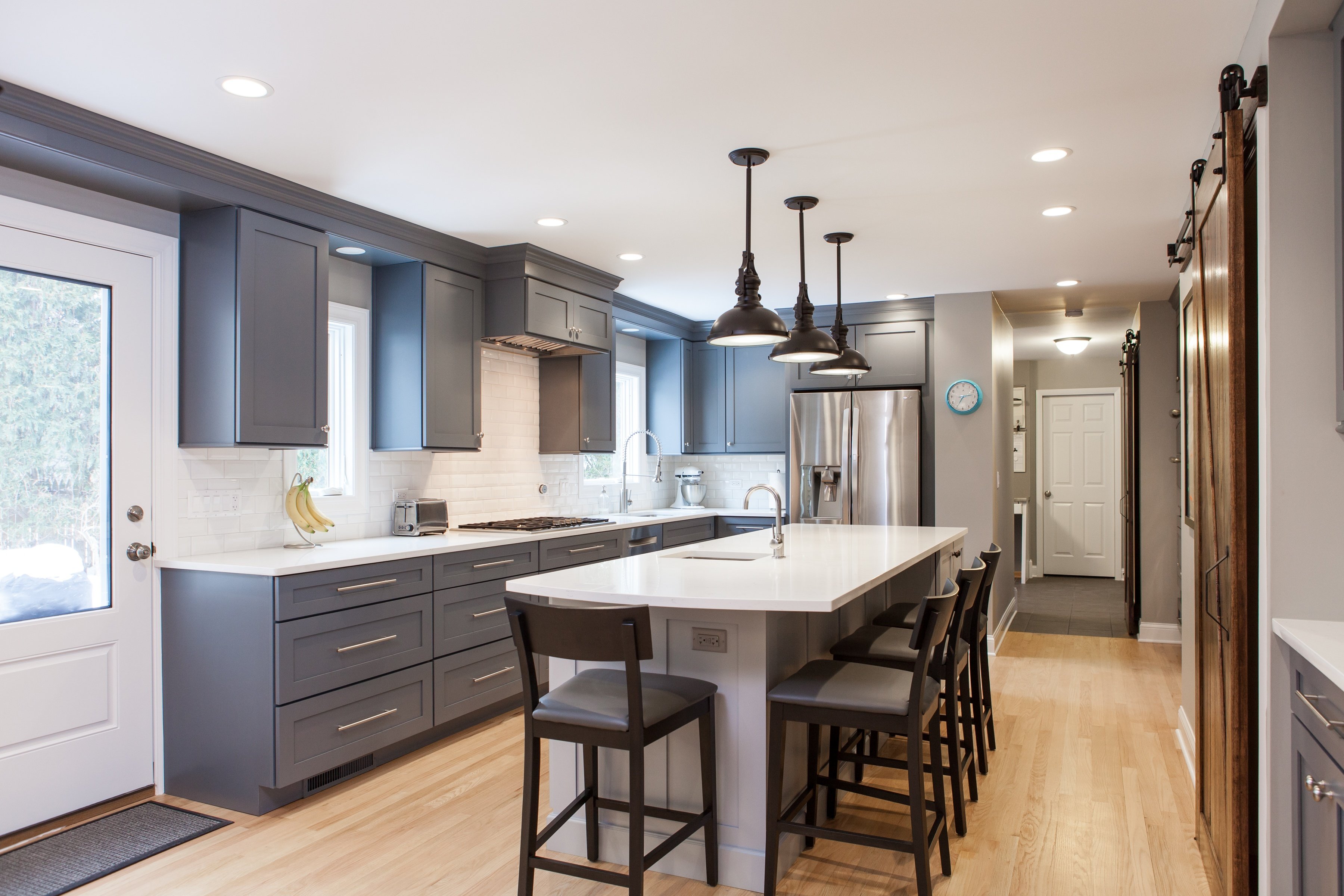




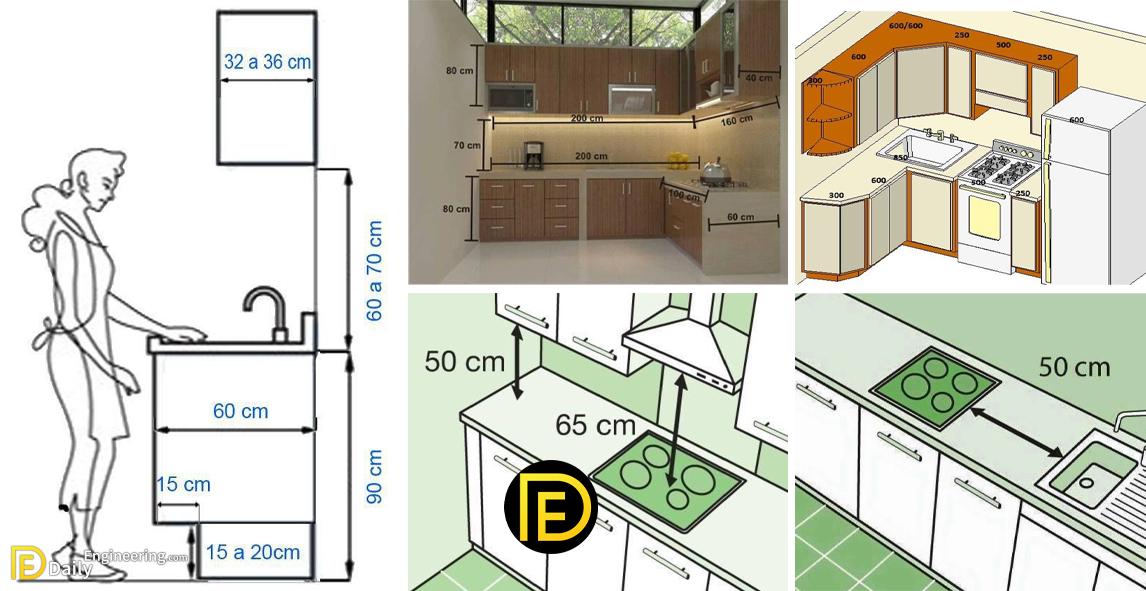
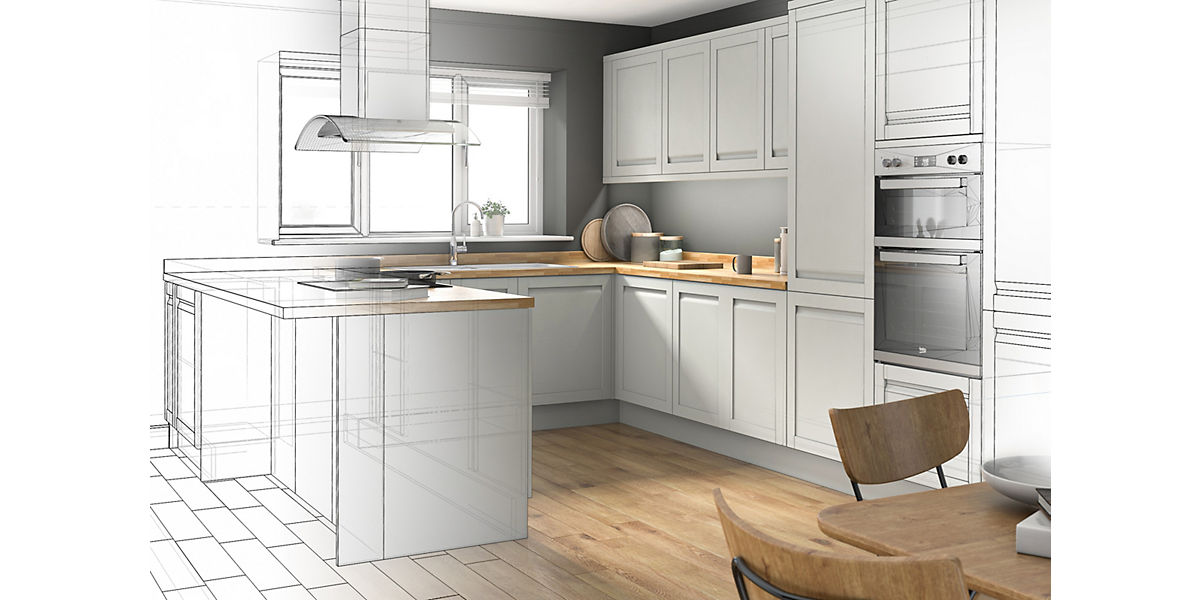
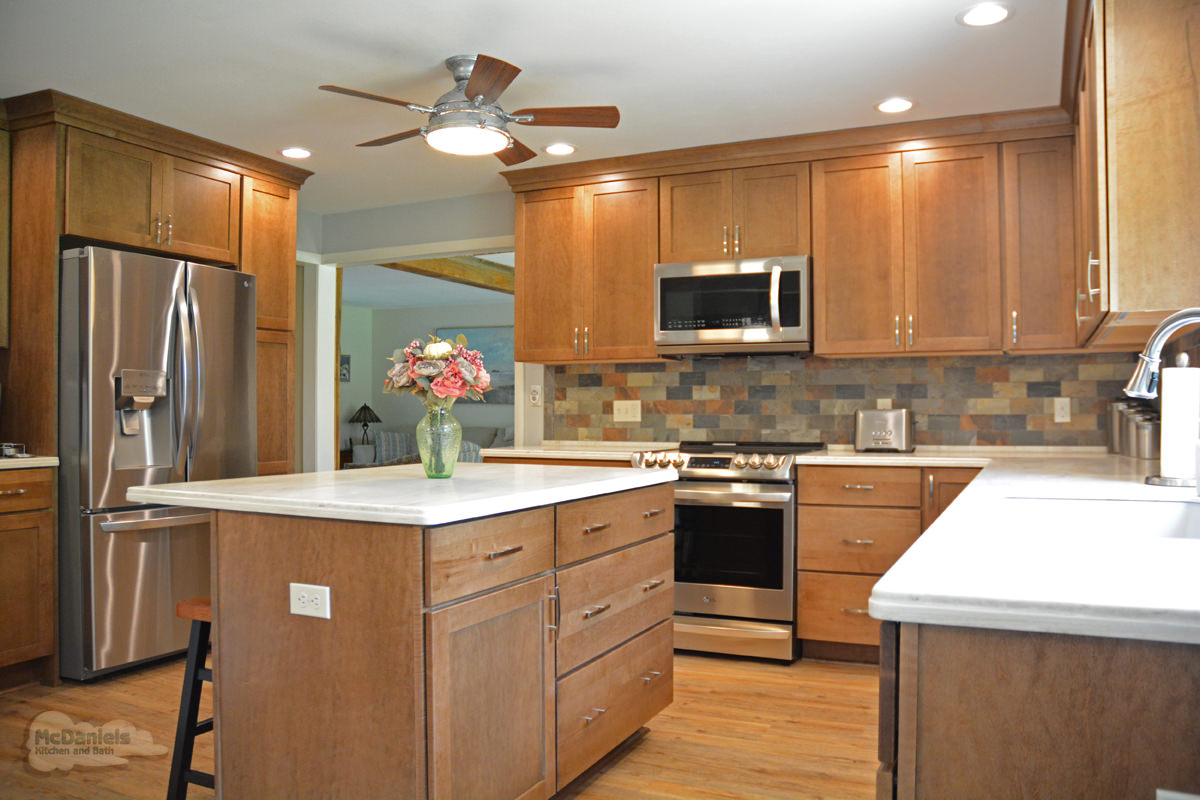
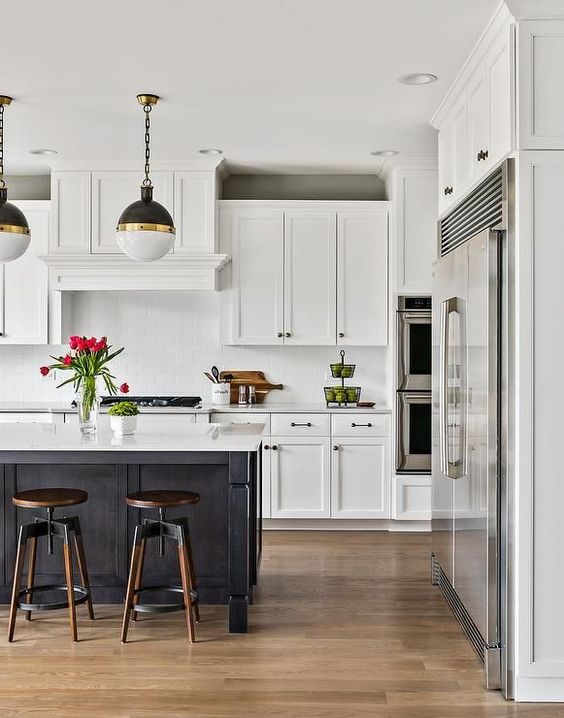

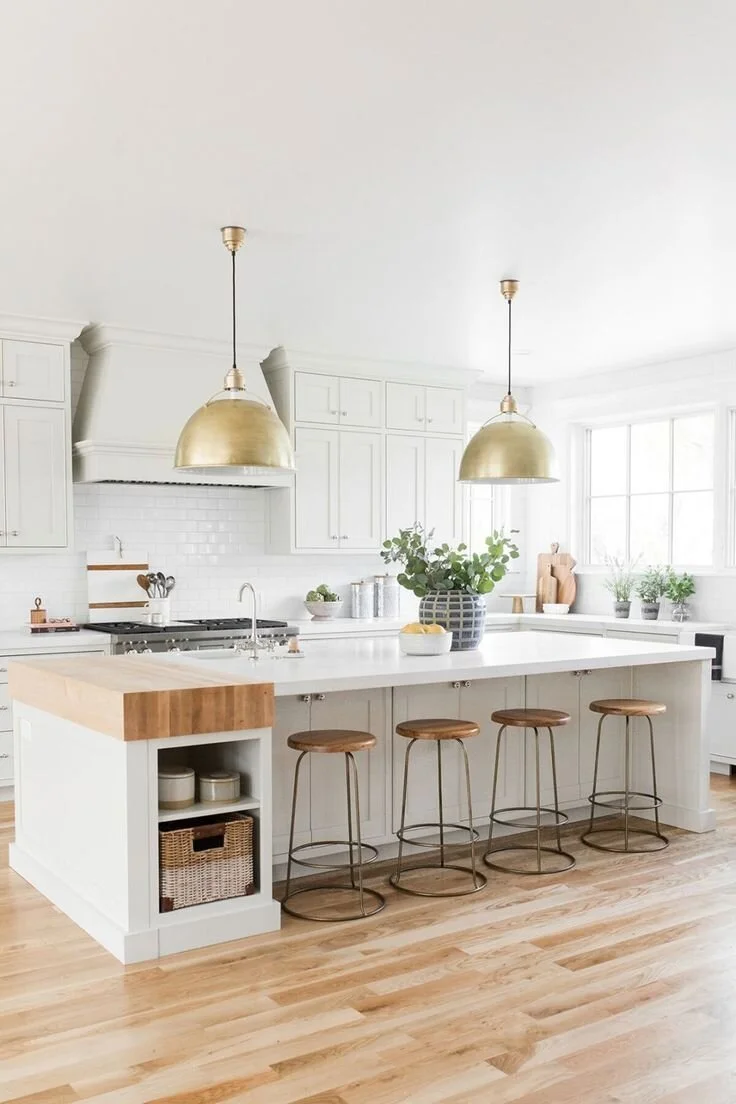+-+Emily+Henderson.jpeg)


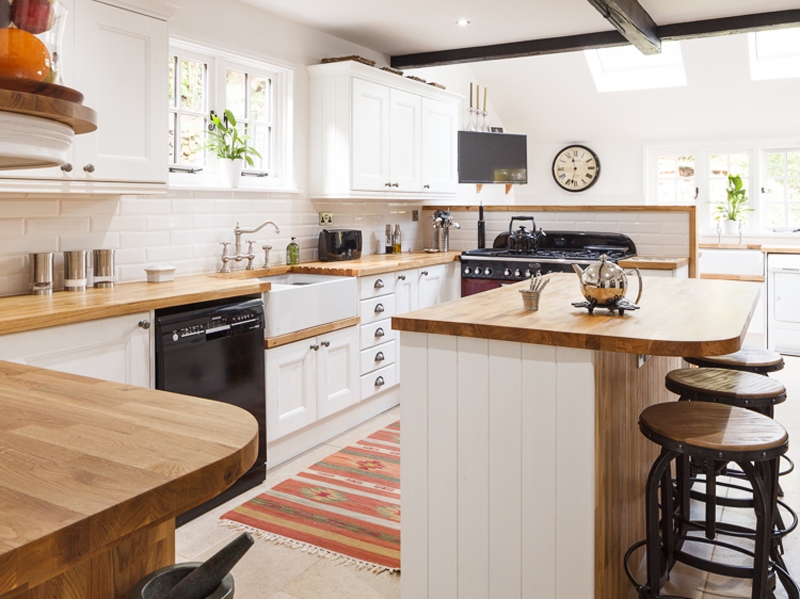
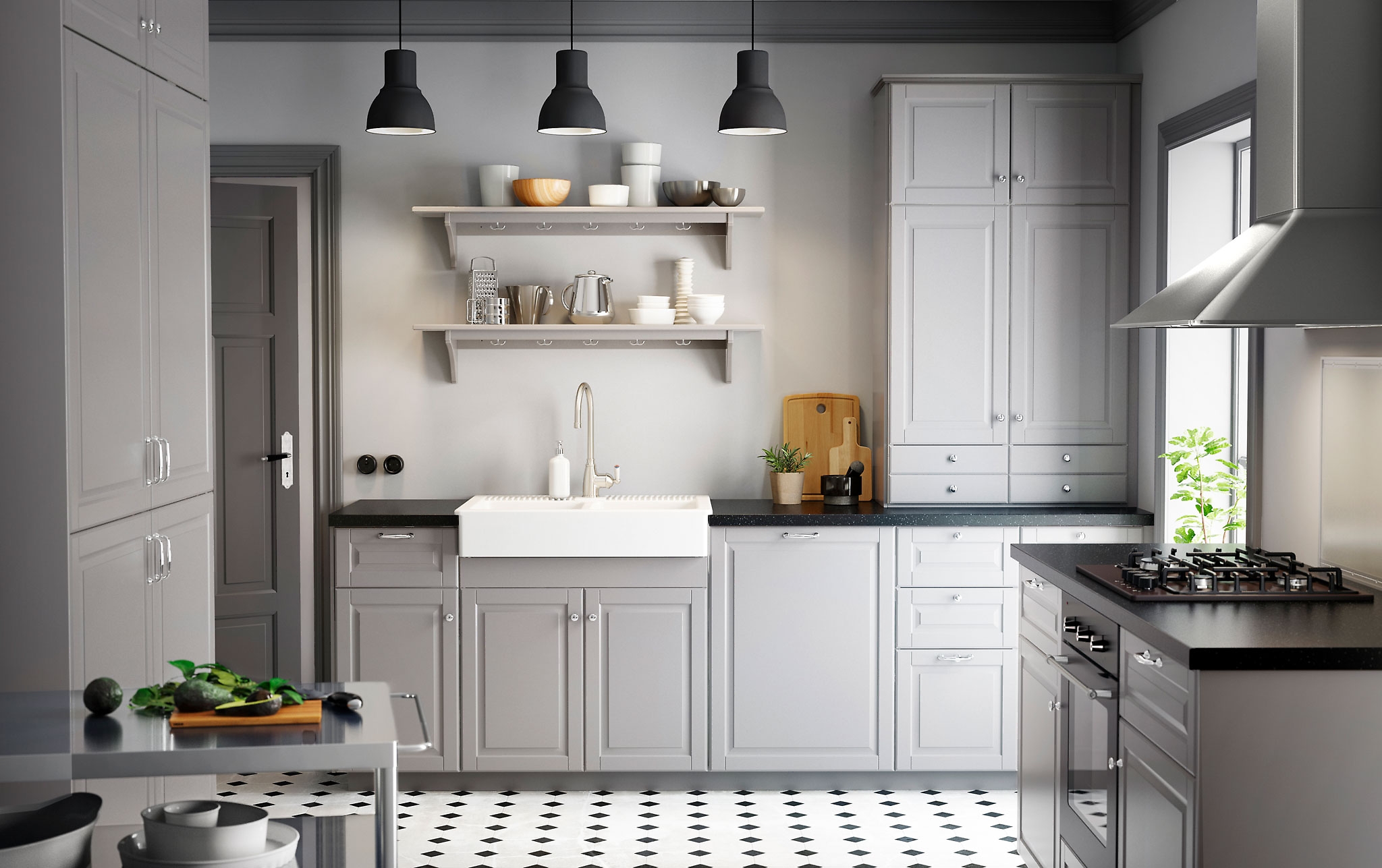


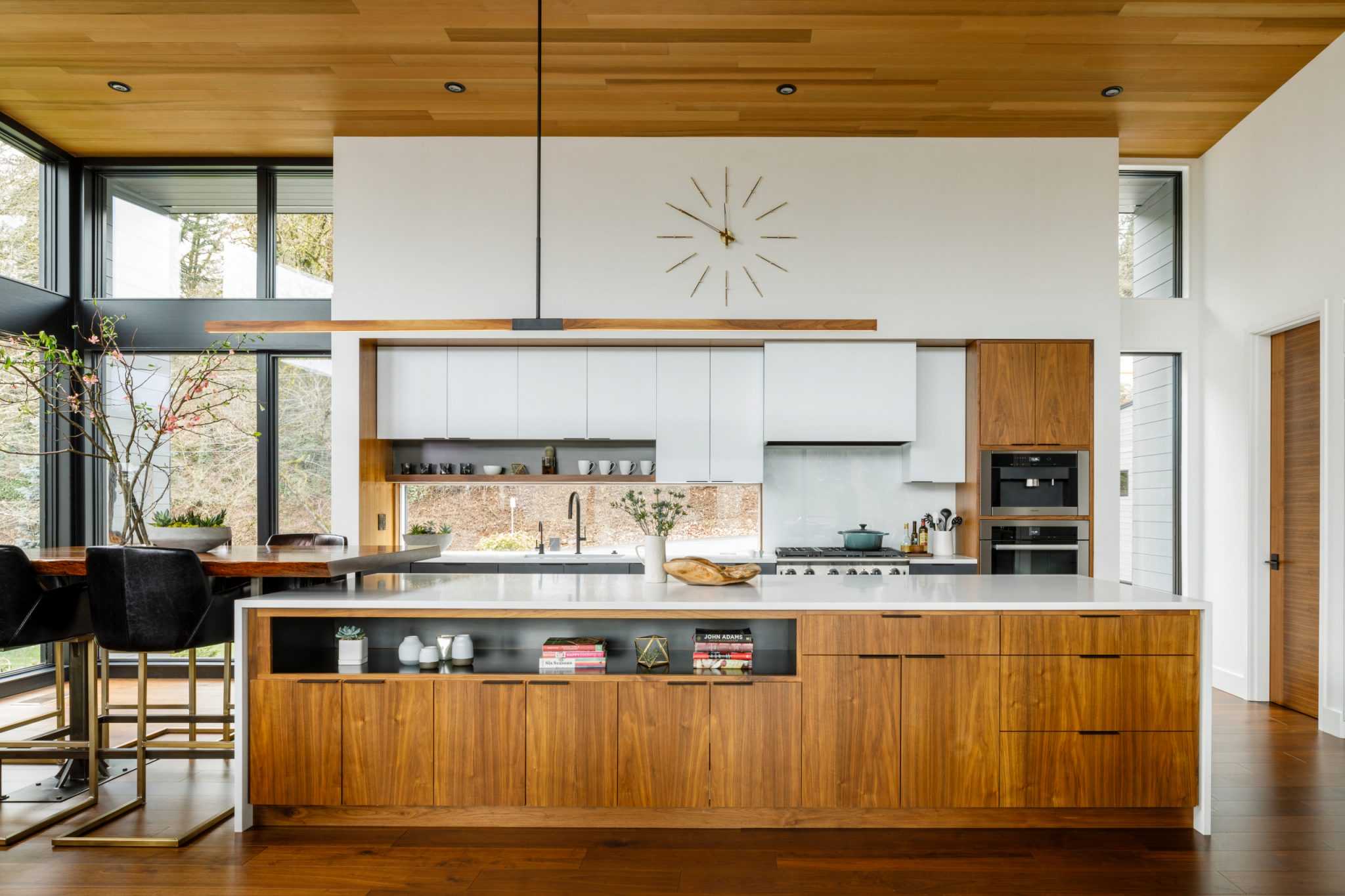
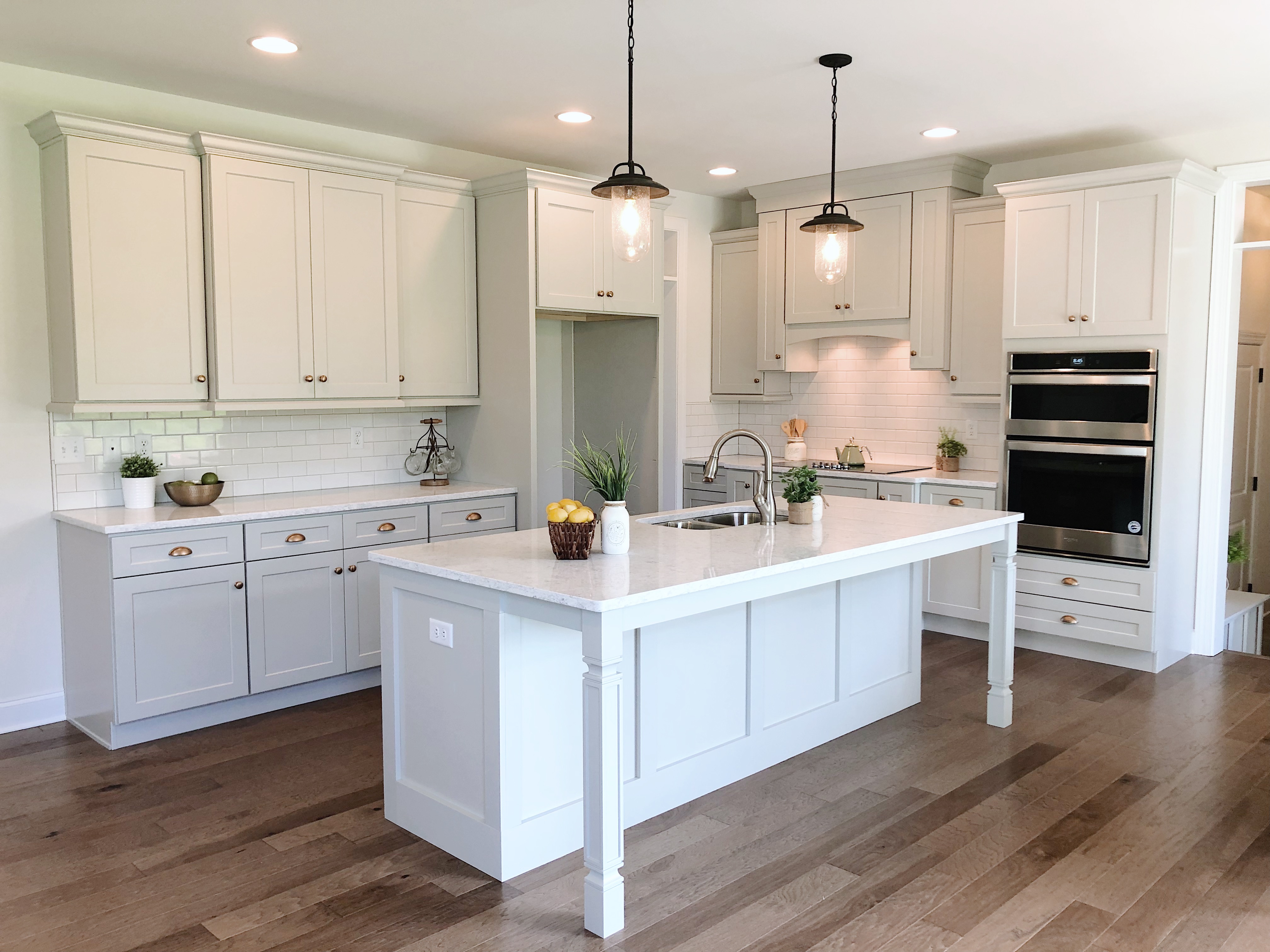
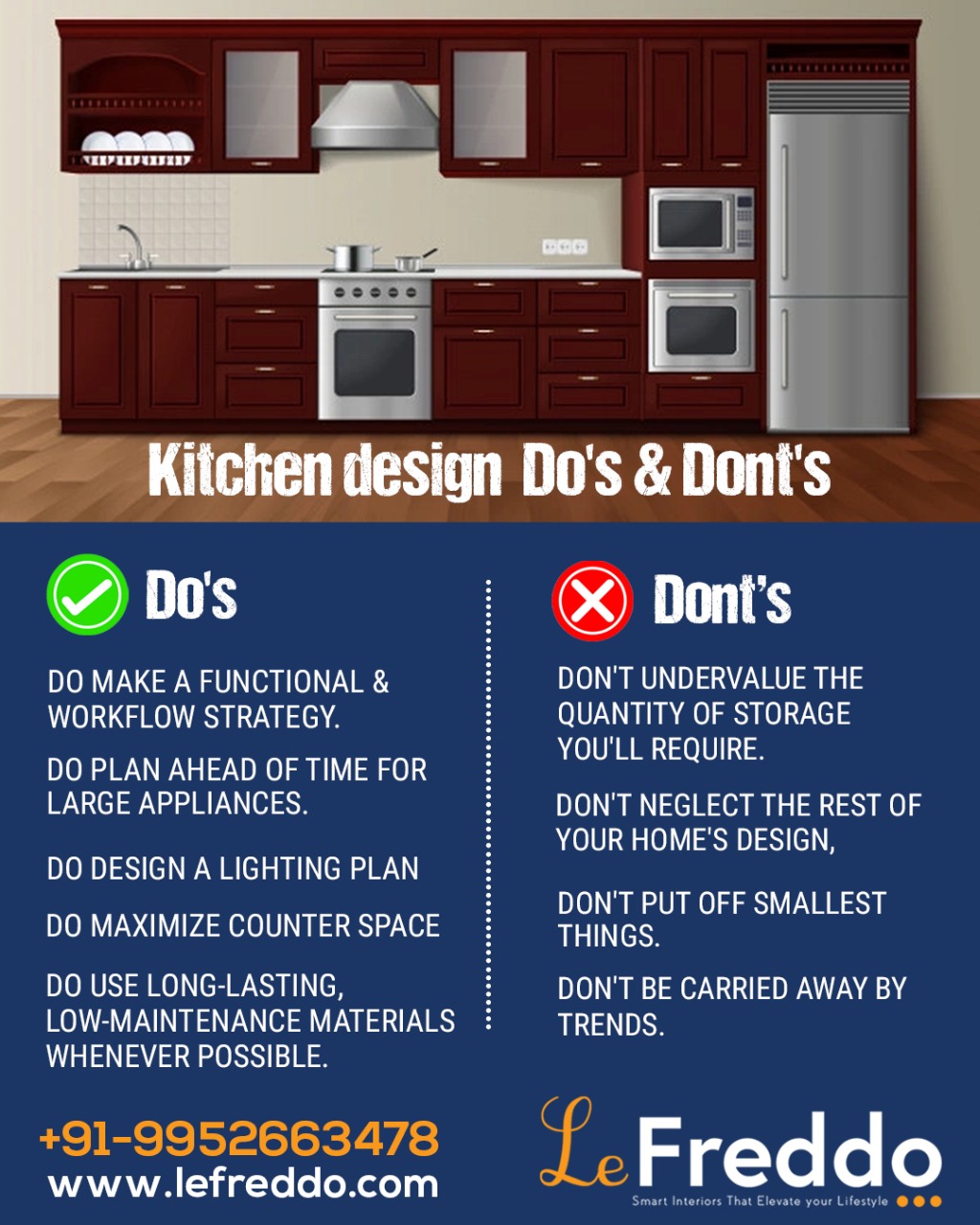





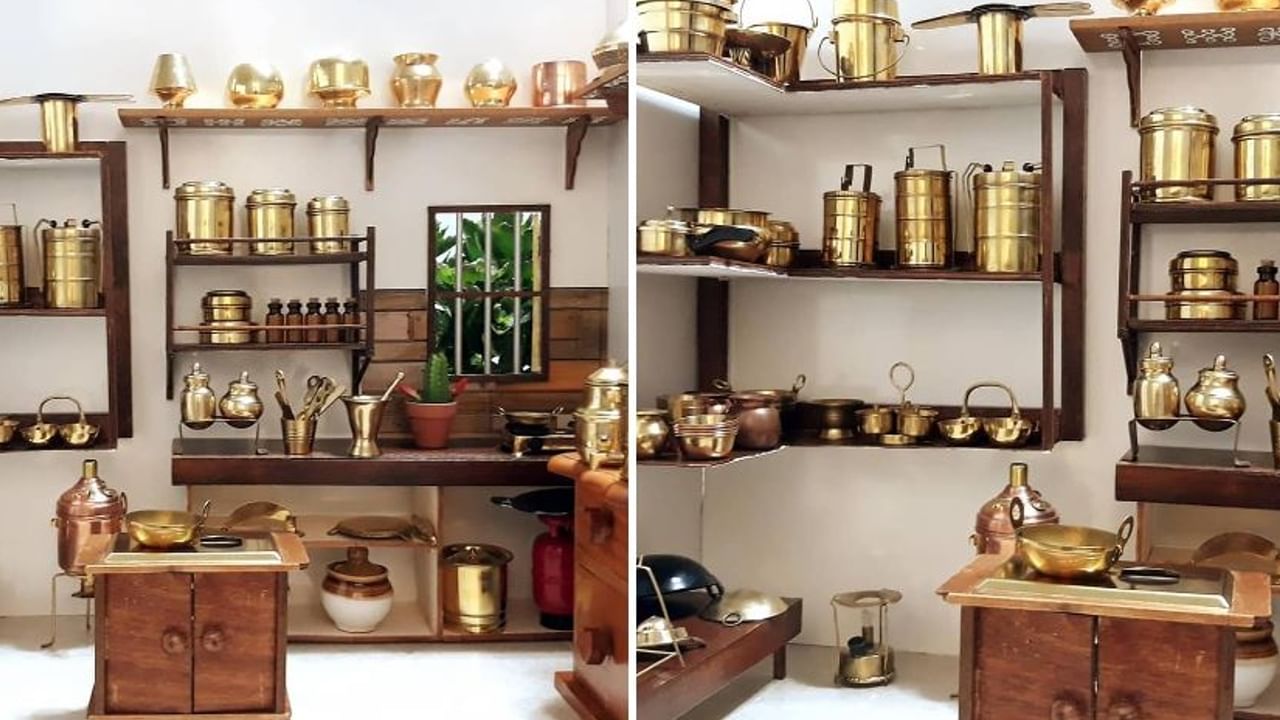


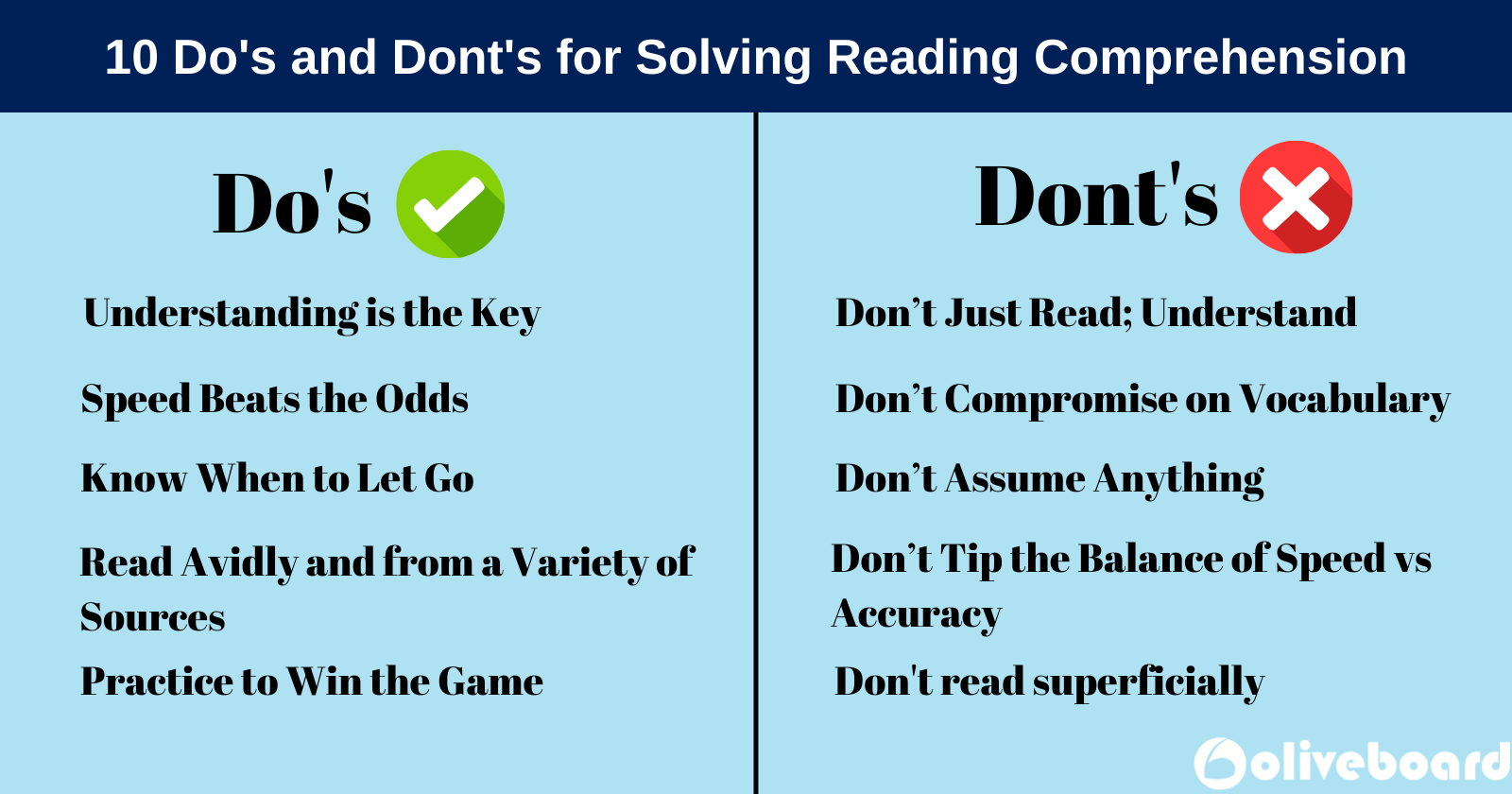
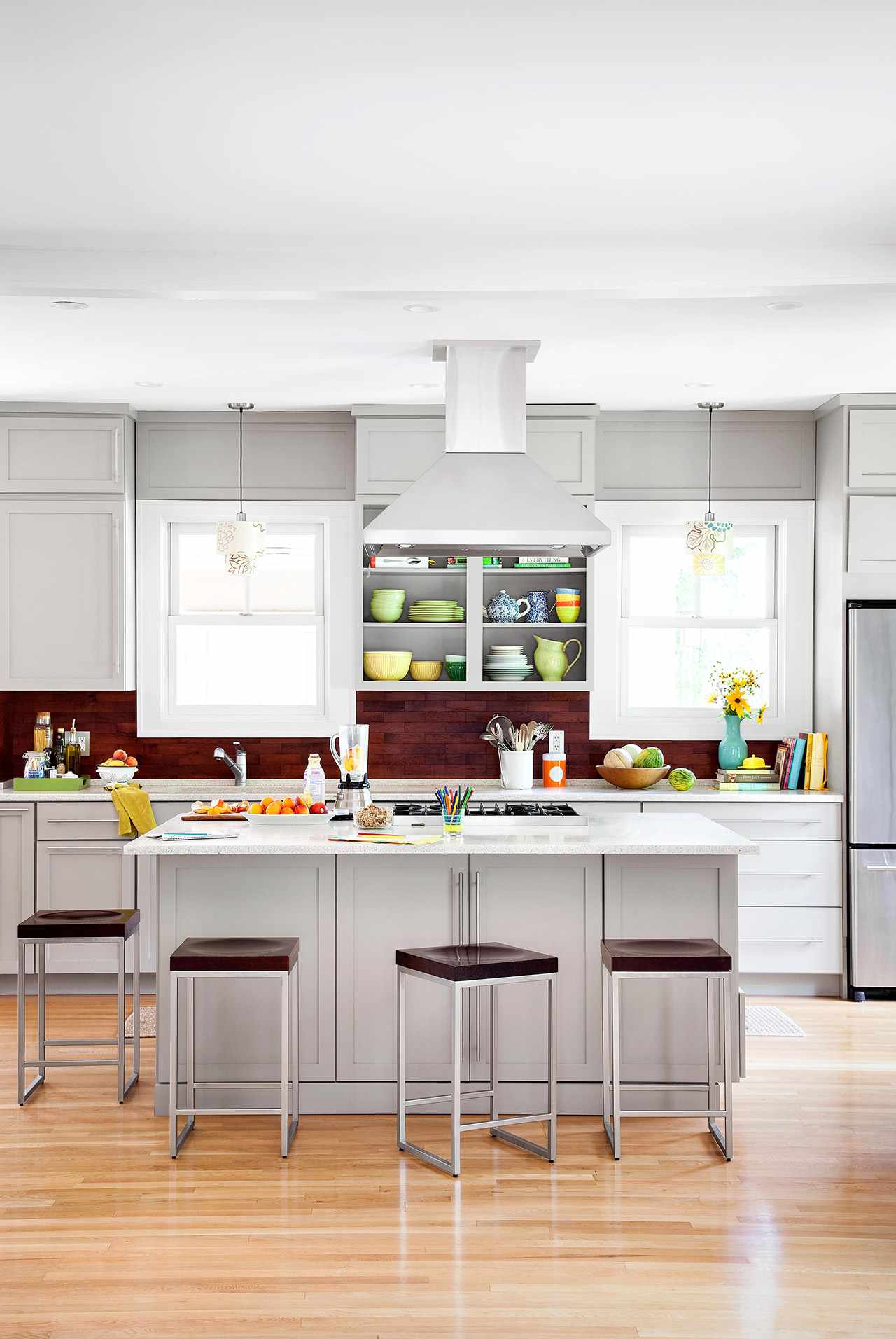
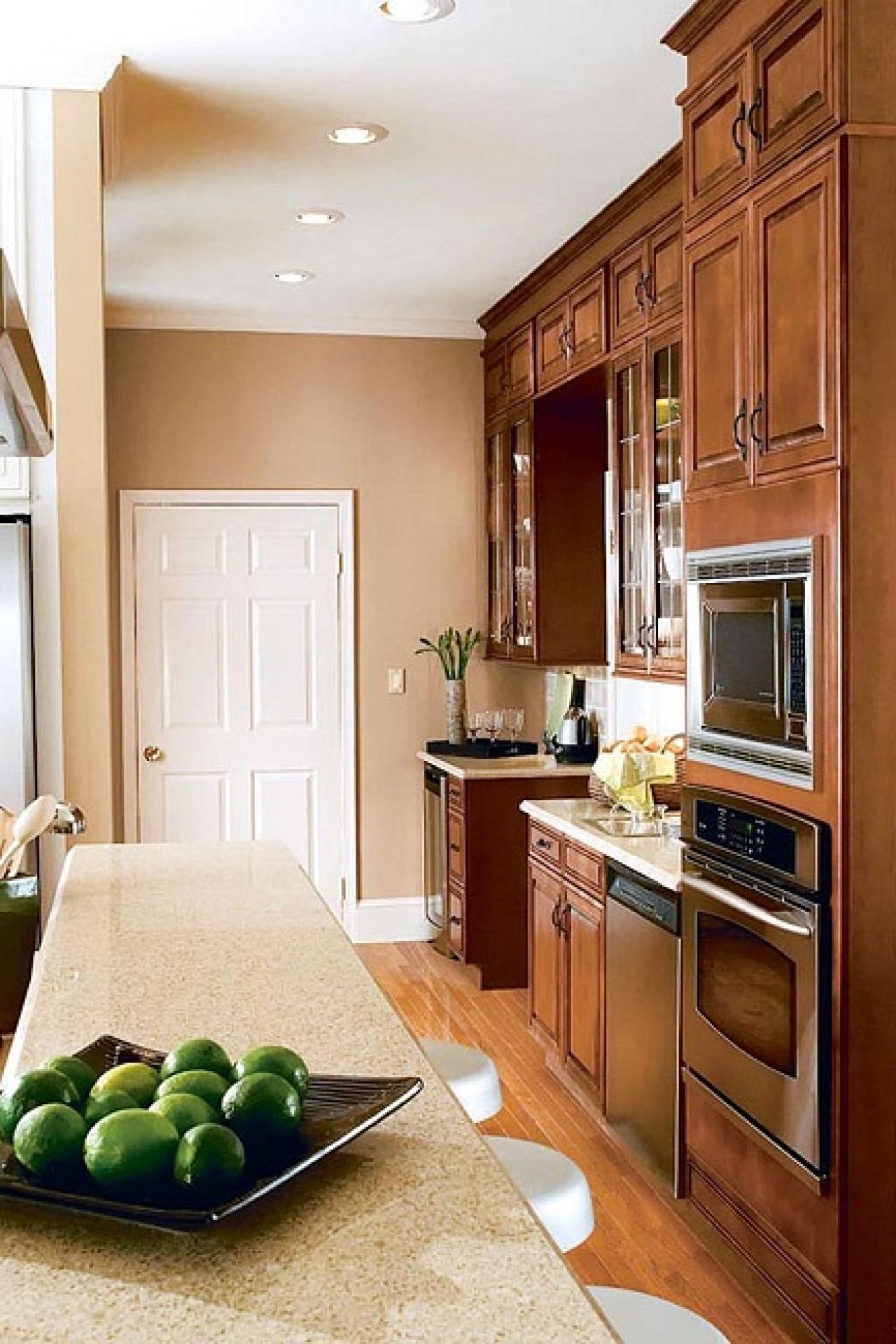
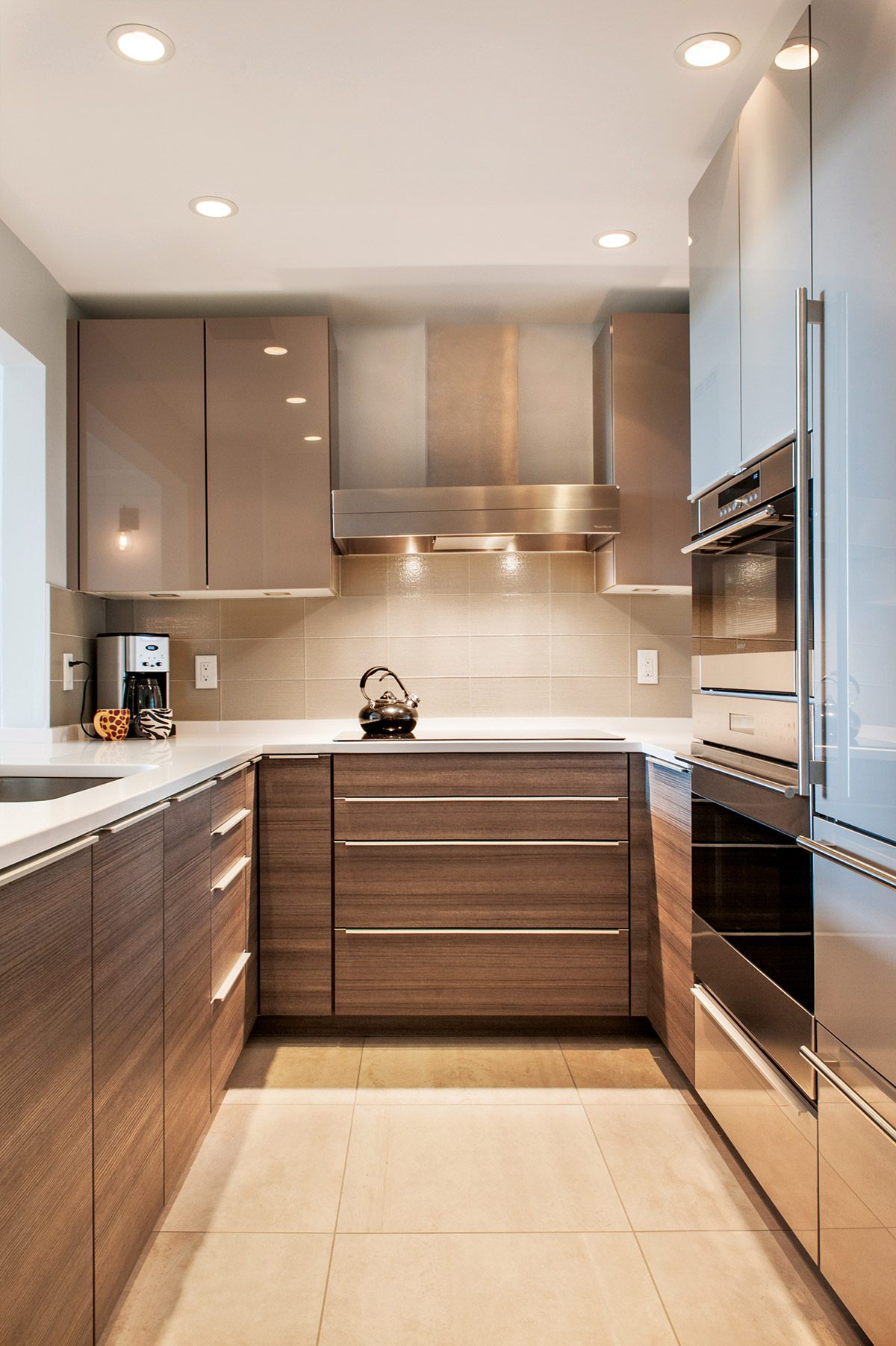


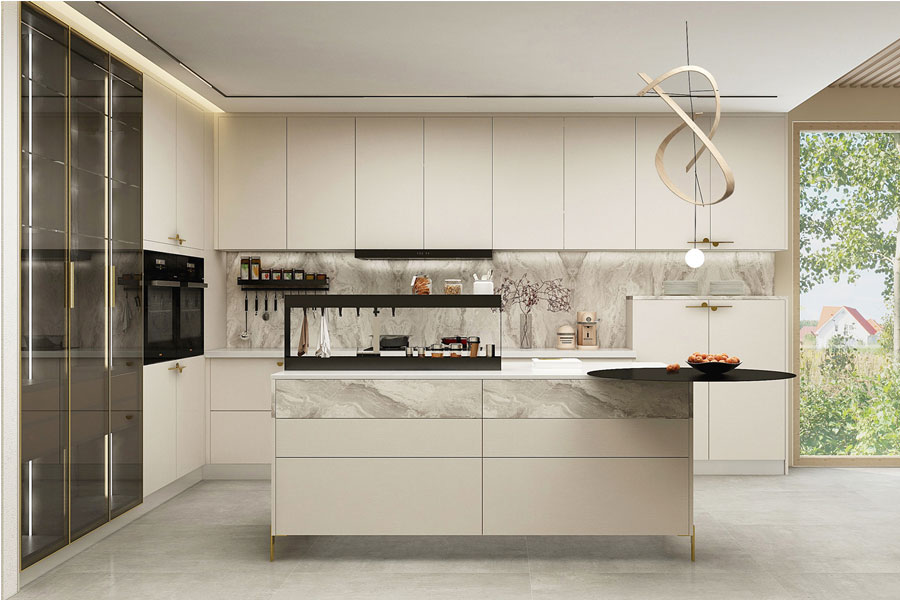
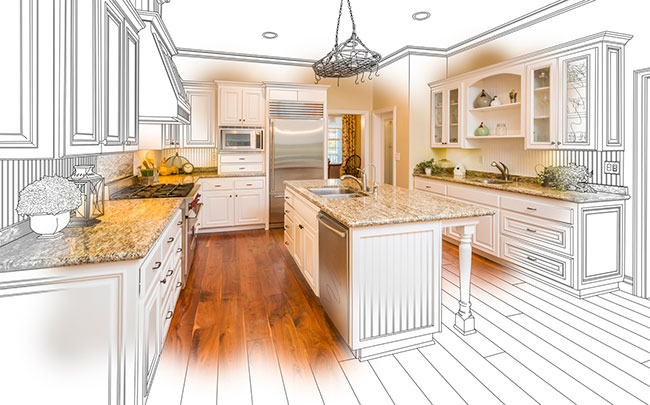
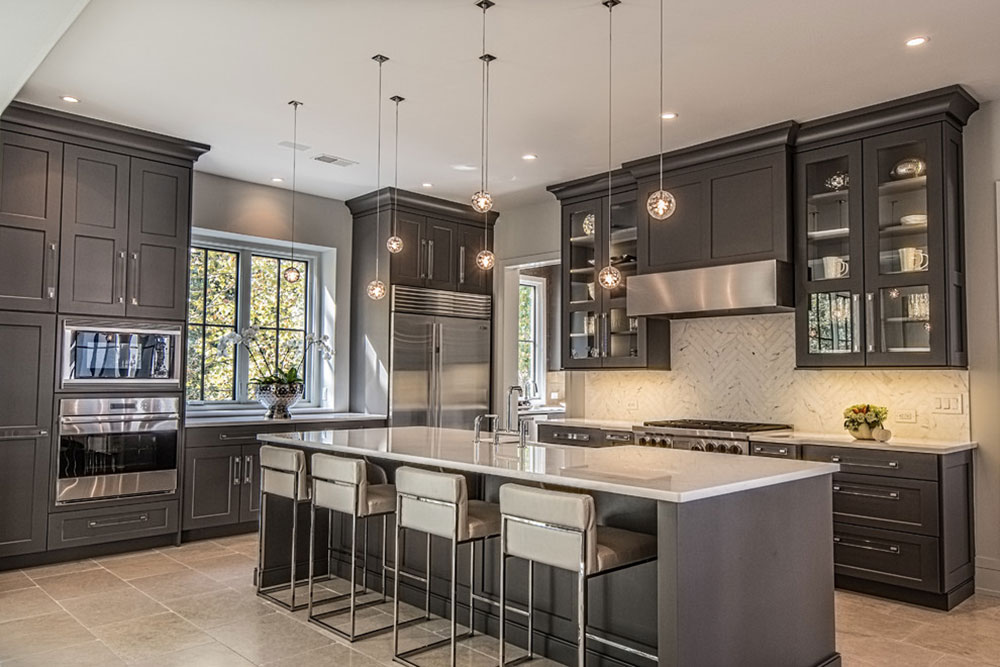

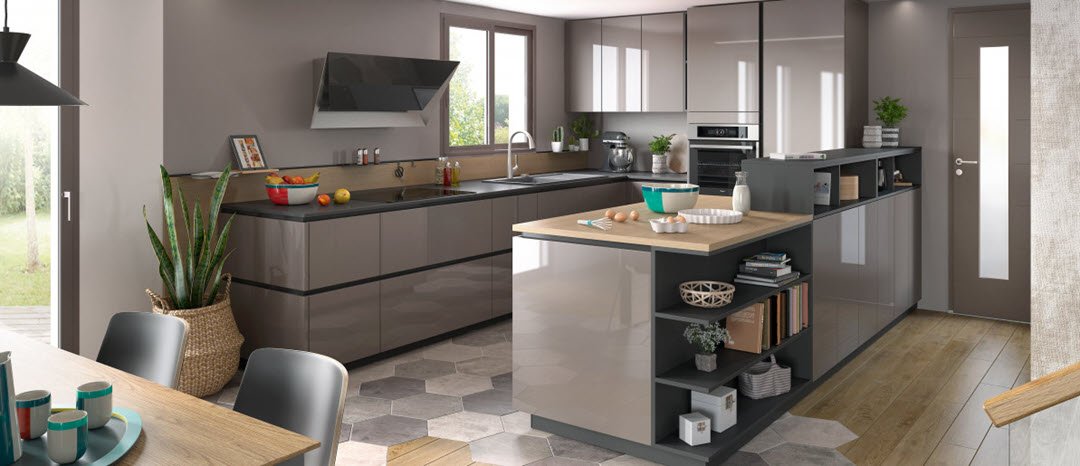


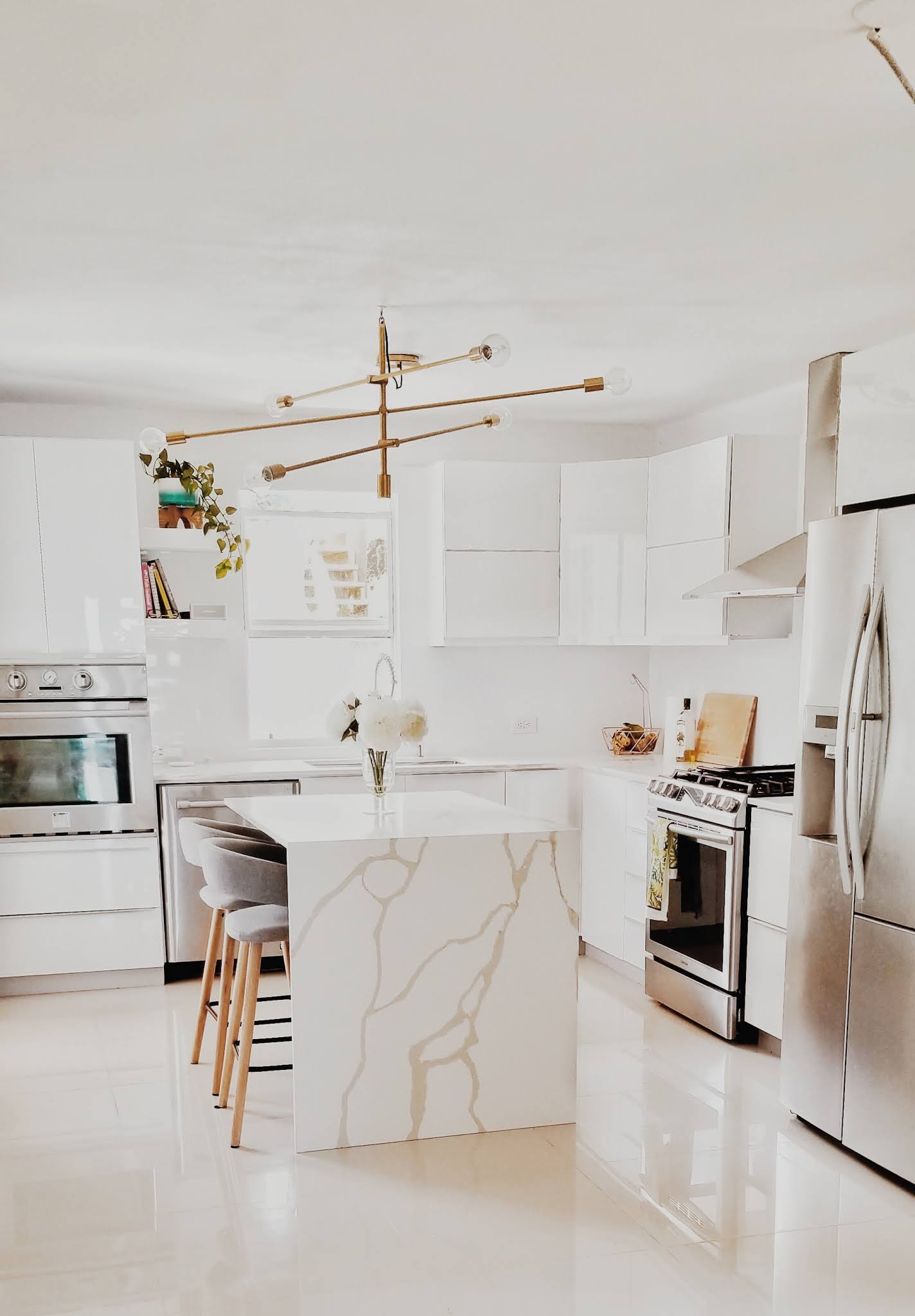

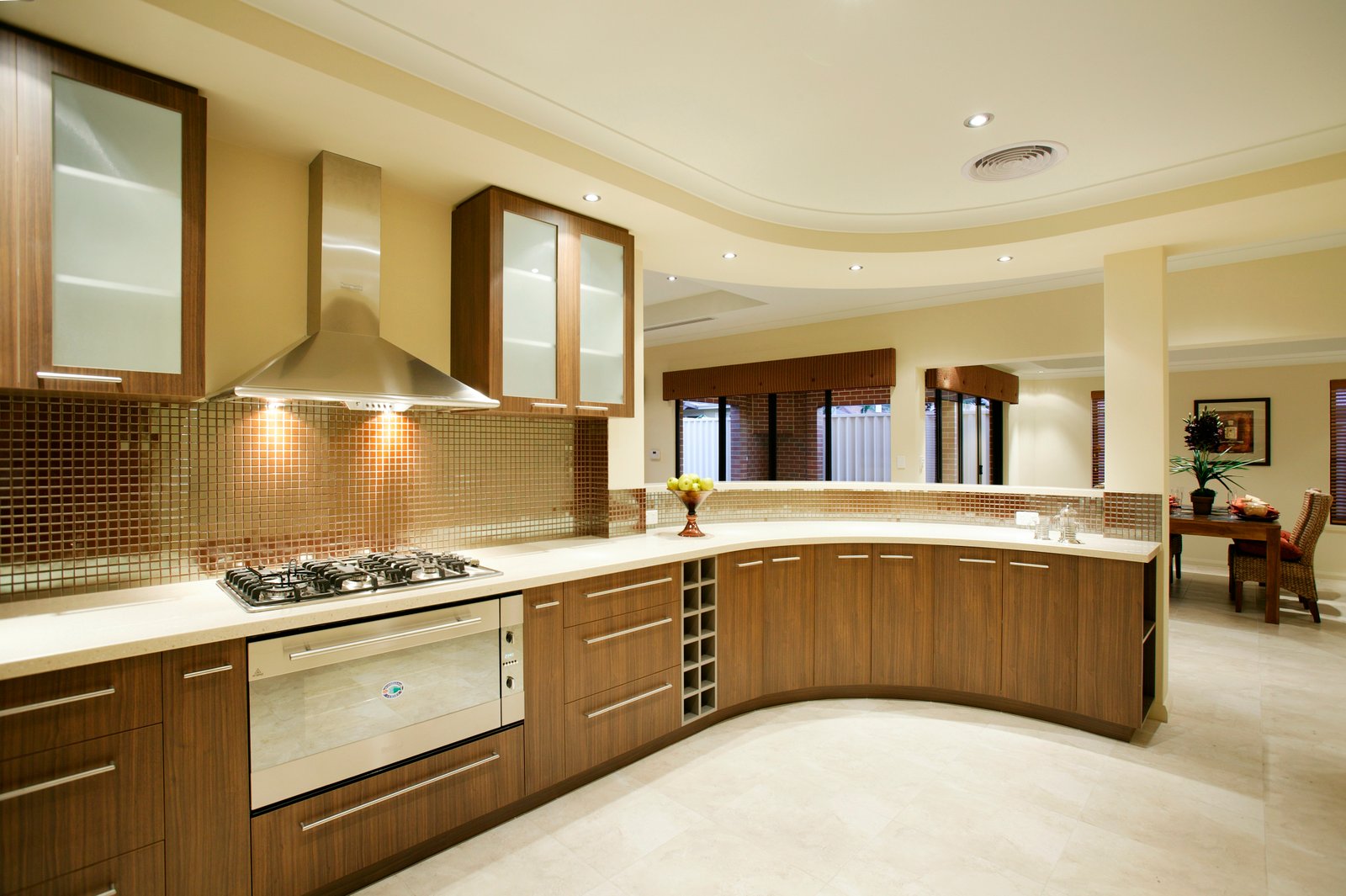



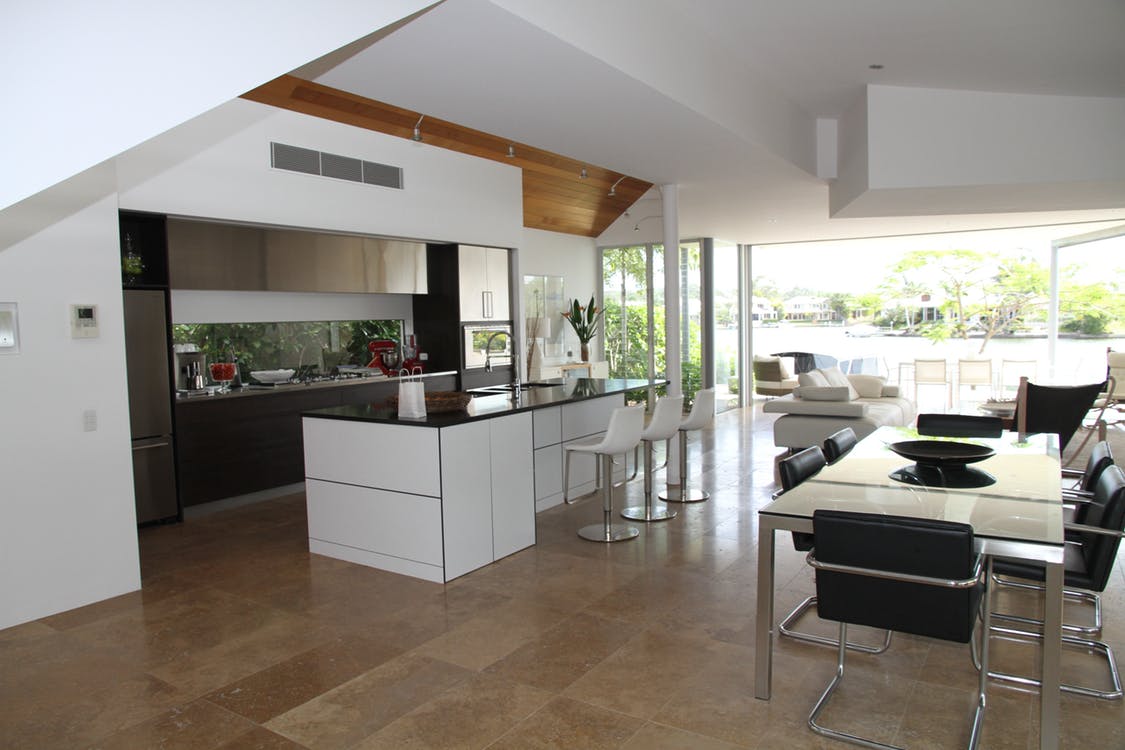



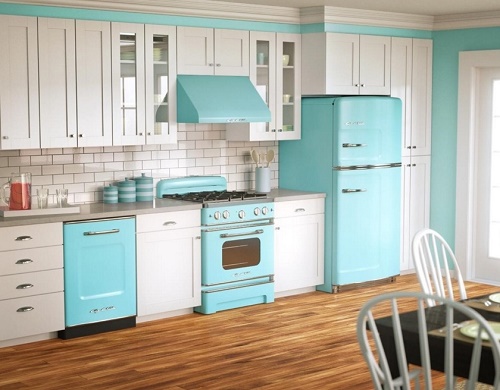
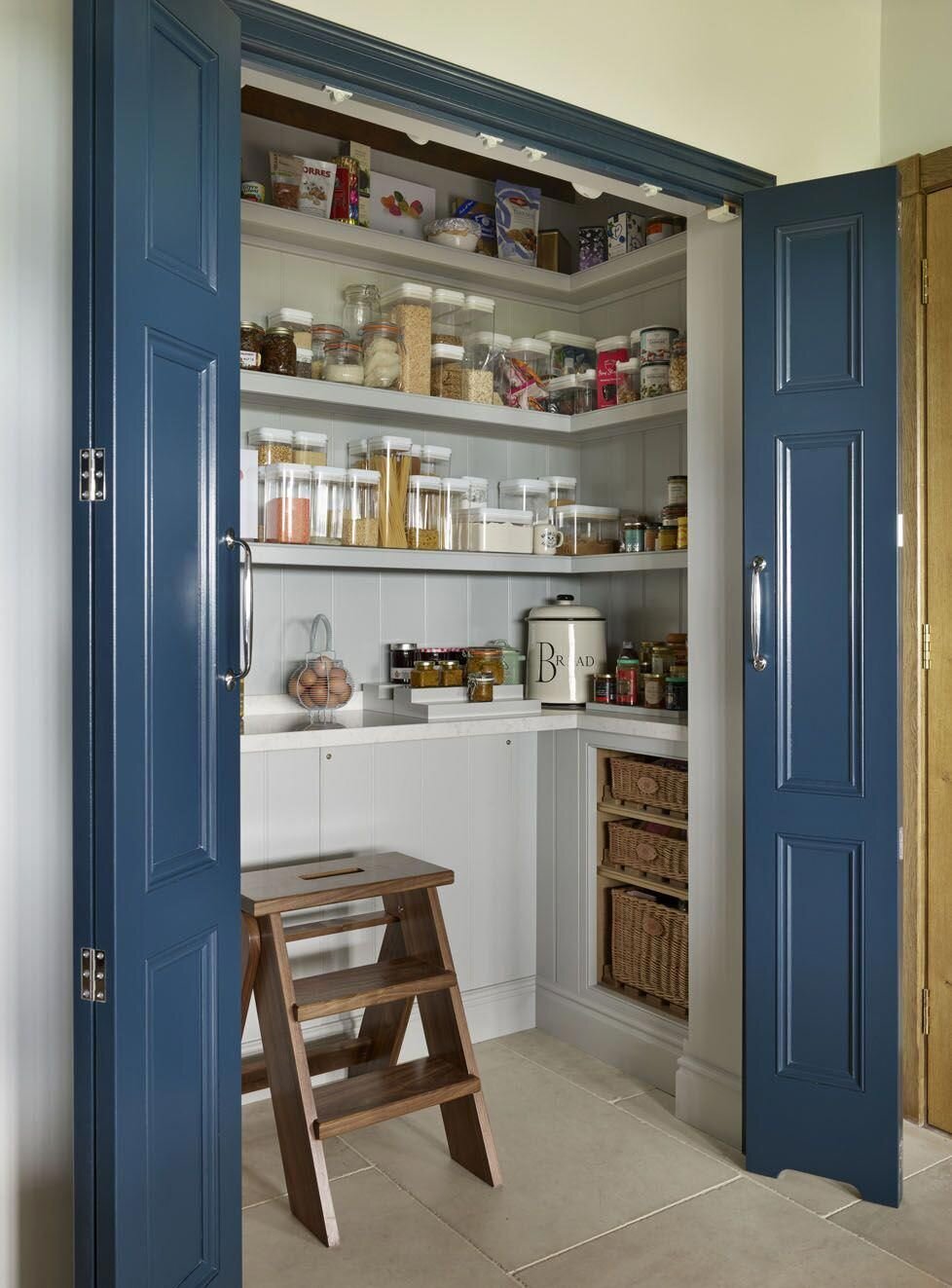



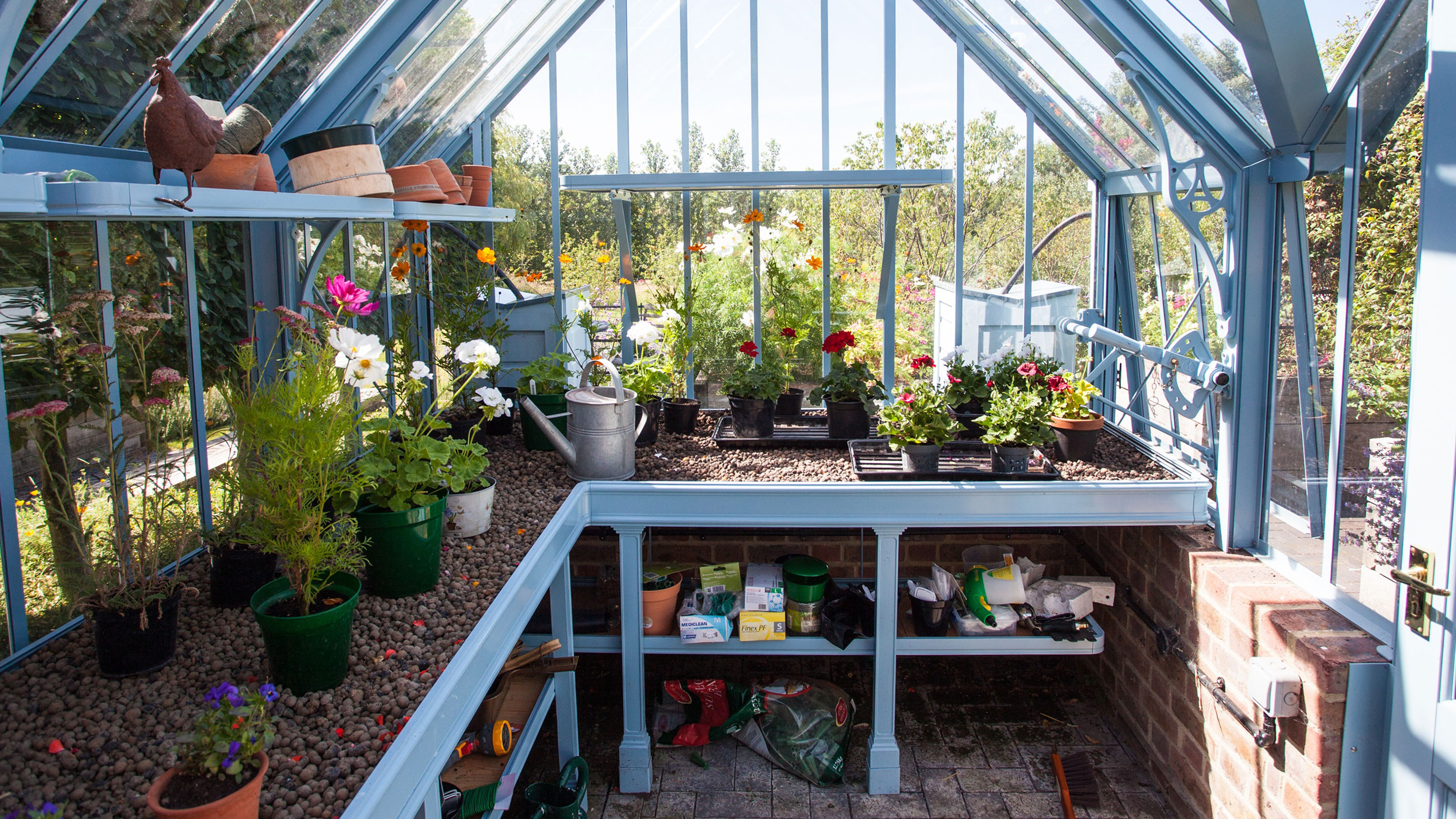

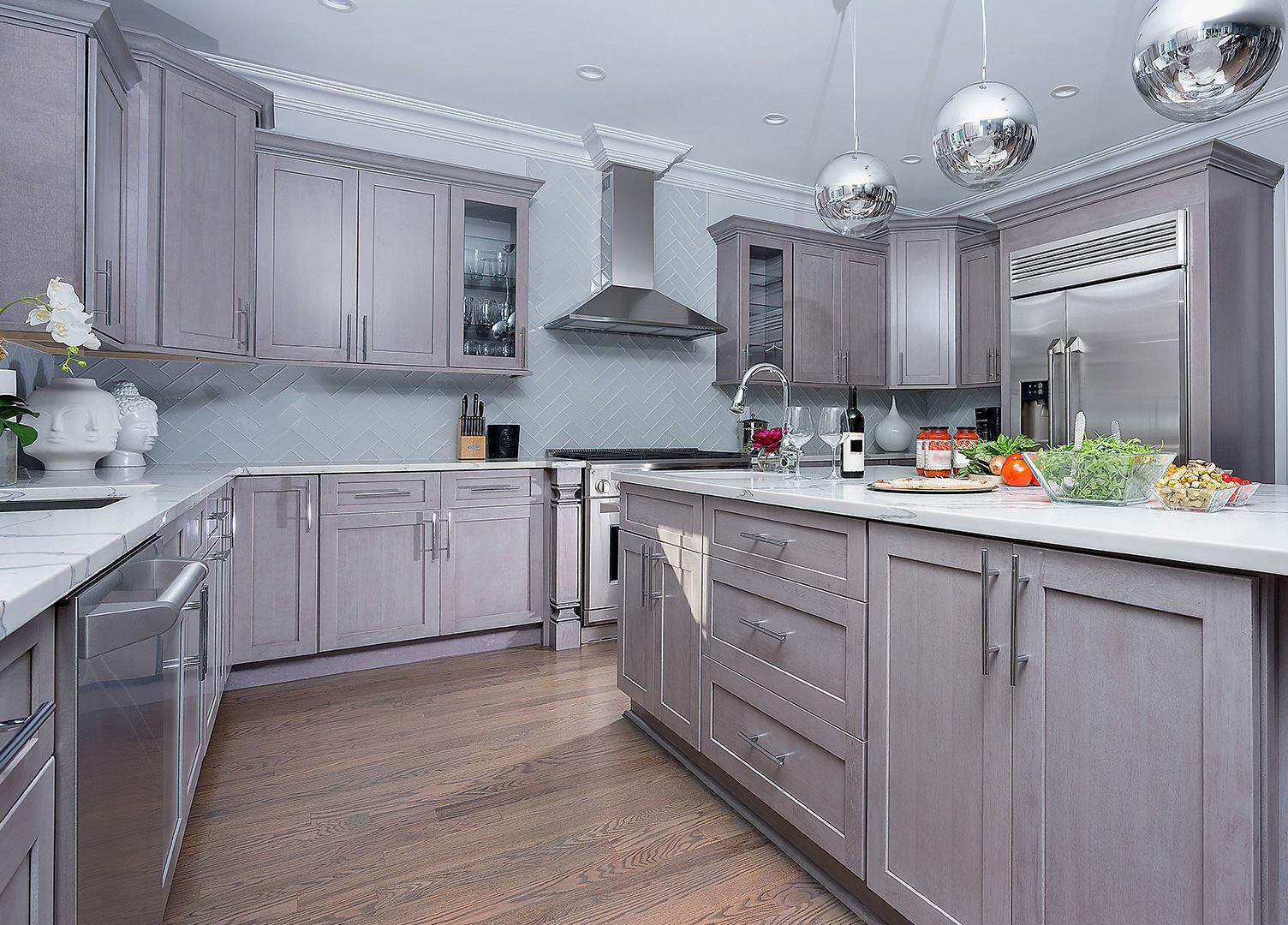
:max_bytes(150000):strip_icc()/GettyImages-1398693405-ab1afd6b3c3b41bc990a812e5381d746.jpg)













